






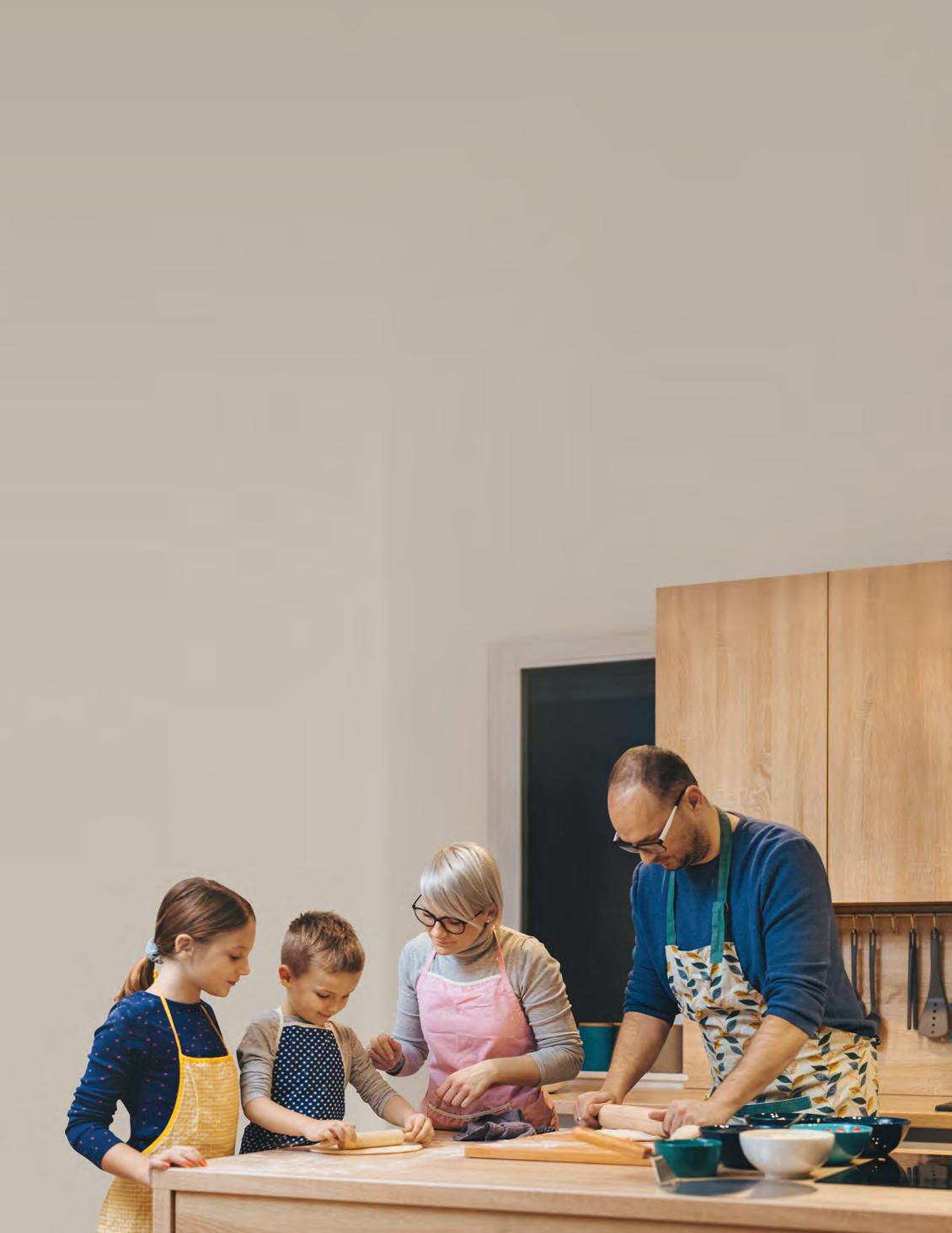
We work alongside you to create a space as unique as you with furniture that suites your comfort, lifestyle and space.













We work alongside you to create a space as unique as you with furniture that suites your comfort, lifestyle and space.




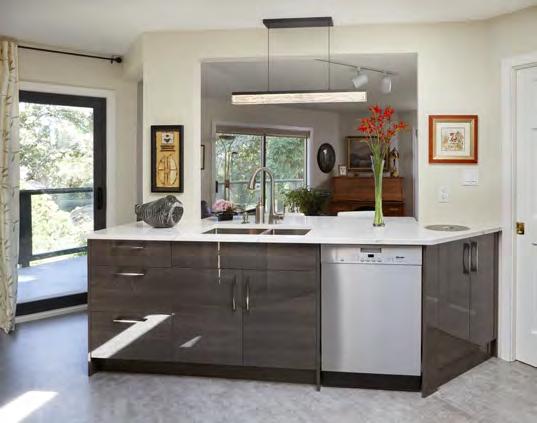


The magic of Antarctica— responsibly B y


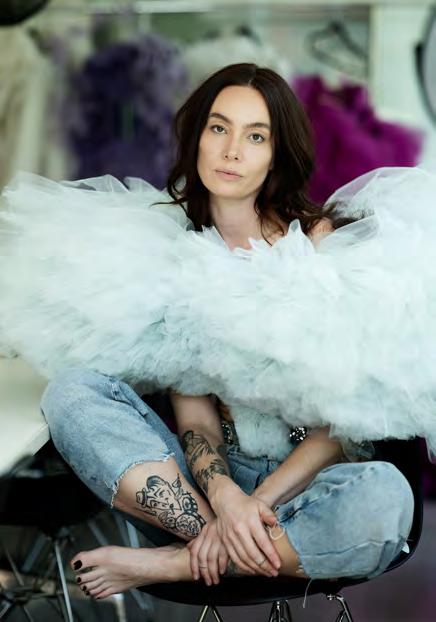


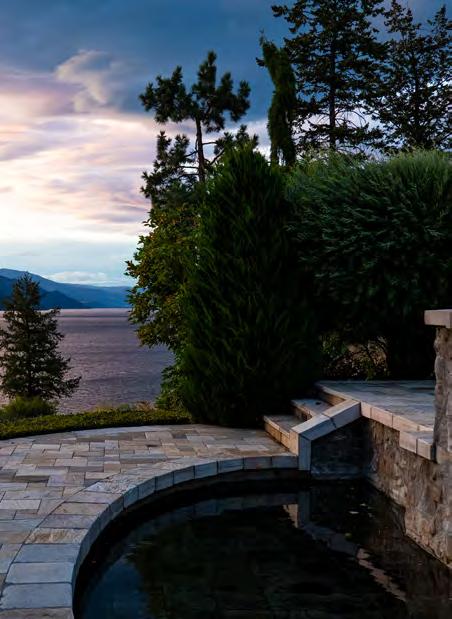
ELLIE SHORTT WRITER TAKE IT SLOW…AND
EVEN SLOWER
PAGE 90
“The slow food movement is something I’ve long been passionate about, so having the opportunity to write a piece that explores this topic was particularly meaningful. As a nutritionist, I’ve seen the health benefits of a more mindful approach to what we consume; as a cooking instructor, I’ve witnessed the magic that happens when folks reconnect with food and flavours; as a mom, I appreciate how integral these philosophies are to the protection of our planet and food systems for future generations; and as a recipe developer, I love how much tastier everything is when we take it back to our roots—hopefully you will too!” Ellie is Boulevard’s regular food writer.
BOULEVARD GROUP Mario Gedicke PUBLISHER 250.891.5627 info@blvdmag.ca
MANAGING EDITOR Susan Lundy

ASSOCIATE EDITOR Lia Crowe

CREATIVE DIRECTOR Lily Chan
DESIGN Nel Pallay
Tammy Robinson
Maria Lobano va Crea Zhang
ADVERTISING Mario Gedicke
Vicki Clark
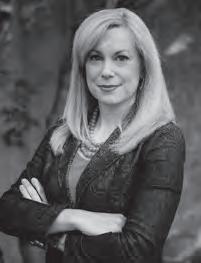
ALLINE CORMIER
WRITER
UMBRELLA GNOMES
PAGE 110
“Since moving to Victoria, my new friends and I have had our share of fun and adventures at one beach in particular on the Strait of Georgia, strolling along the water’s edge and playing in the water and sand. These happy, comical times inspired me to write about a slice of it.” Alline is a film analyst and retired court interpreter with an immeasurable love for Victoria, and who can’t get enough of its beaches, theatres, Christmas markets, guided tours…and is discovering Vancouver Island’s mysteries with the help of her islander friends.
CONTRIBUTING Angela Cowan WRITERS Lia Crowe
Alline Cormier
Sarah D’Arcey
Don Descoteau
Laura Goldstein
Janice Jefferson
Suzanne Morphet
Kaisha Scofield
Ellie Shortt
Tess van Straaten
ILLUSTRATION Sierra Lundy
CONTRIBUTING Lia Crowe
PHOTOGRAPHERS Don Denton
CIRCULATION & Marilou Pasion DISTRIBUTION 604.542.7411
TESS VAN STRAATEN
WRITER
THE PASSION PART OF THE FURNITURE
PAGE 64
“I always love learning about how people find their passion and purpose in life. For some, it takes a few different jobs or careers to get there, but for Chris Rothery of the aptly named Chester Fields furniture store in Victoria and a new location in Nanaimo, that passion for furniture and design started as a teenager and helped him build a future doing what he loves.” Tess van Straaten is an award-winning television journalist and magazine writer who has interviewed prime ministers, rock stars and royalty, but this fourth generation Victorian is probably best known for cuddling puppies and helping rescue animals of all sizes find homes on CHEK News’ popular Pet CHEK segment.
boulevardmagazines.com
Victoria Boulevard® is a registered trademark of Black Press Group Ltd. All rights reserved. No part of this magazine may be reproduced without the publisher’s written permission. Ideas and opinions expressed in this publication do not necessarily reflect the views of Black Press Group Ltd. or its affiliates; no official endorsement should be inferred. The publisher does not assume any responsibility for the contents, both implied or assumed, of any advertisement in this publication. Printed in Canada. Canada Publications Mail Product Sales Agreement #42109519.
Tel: 250.381.3484 Fax: 250.386.2624 info@blvdmag.ca boulevardmagazines.com
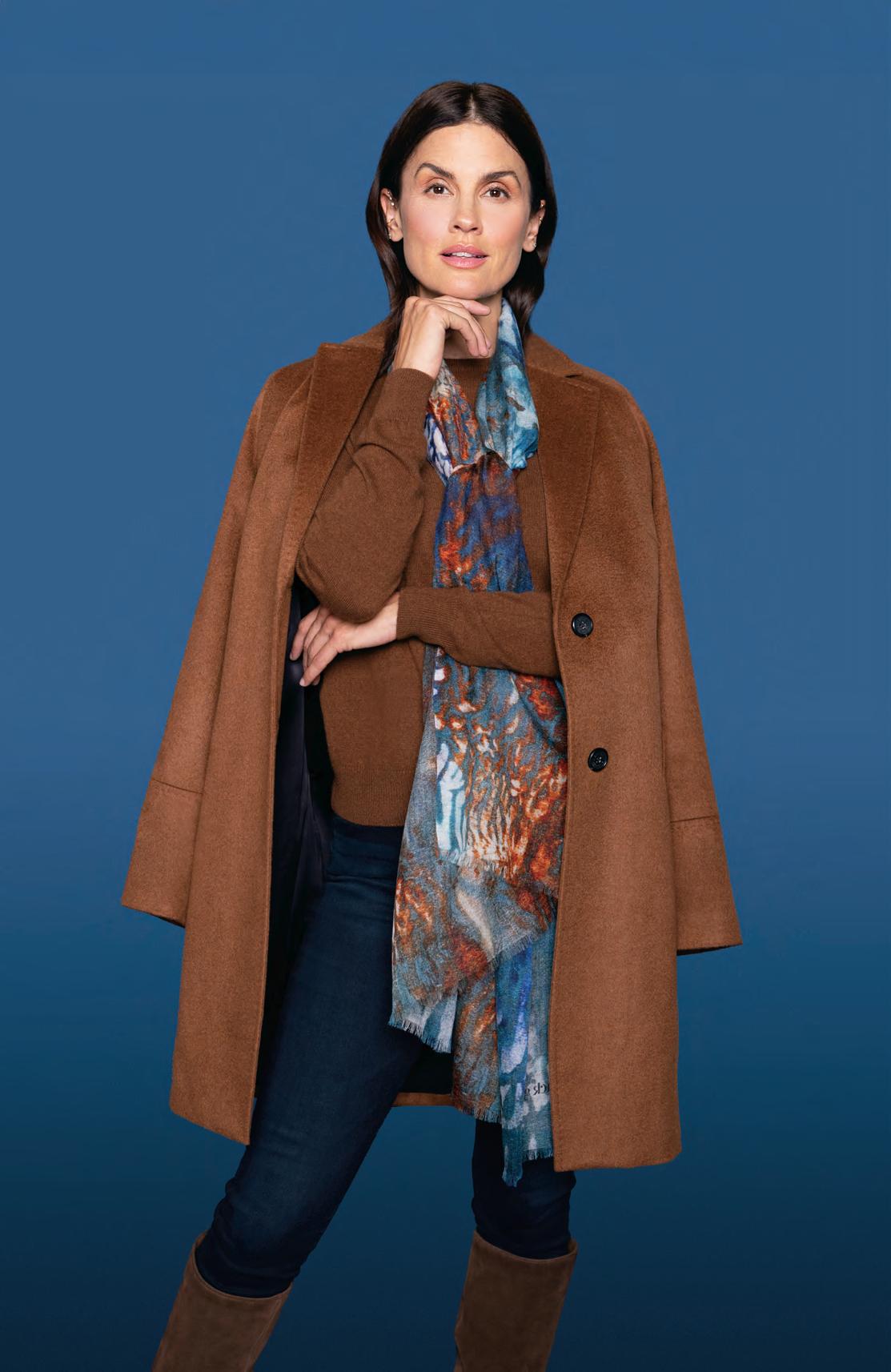 PHOTO BY LIA CROWE
PHOTO BY LIA CROWE

My teen-hood neighbourhood may have called me Little Hell on Wheels, but over the years my foot has lightened on the accelerator— prompted, I suppose, by a few expensive speeding tickets. But “slowing down,” the loose theme of this edition of Boulevard, has never been a big part of my DNA. And it’s only been more recently that I have learned to enjoy the journey instead of just rocketing to my destination.
Back in the day, it was going too fast that prompted a car accident at the entrance way of my high school parking lot. Hello, Dad’s car all crashed up. And it was frustration with a too-slow elevator at an old hotel in Vancouver that caused me to race down the stairwell instead, tripping and careening headfirst into a concrete wall. Hello, concussion and elbow plate and pins. My ex-husband was a painfully slow driver. My grandmother drove faster than Derrick. Sometimes I’d slip my foot over to his side of the car and place it on top of his shoe to help him find the accelerator. My younger daughter inherited her father’s leisurely driving pace, but somehow, I find her meandering speed restful, whereas my ex-husband’s pace was just irksome.
Which brings me to Bruce, my current husband, and truly the nicest, most laid-back guy you could know—until he gets behind the wheel of a car (or watches his beloved Maple Leafs fall victim to Leaf-hating referees, which is all of them, apparently). In a vehicle’s driver’s seat, he revs up from happygo-lucky to cranky, chugging out exasperated commentary on the lesser drivers of this world. Sometimes, after he’s finally able to pass a particularly inferior driver, he whips his head around to get a really good look at this person who has such shockingly bad driving skills.
Sometimes he blares the horn, something I never, ever do, partially because it seems so aggressive, but also because the horns on our vehicles are embarrassingly wimpy. For example, fellow drivers just laughed when we punched the sad, braying horn of our ‘78 VW bus. But Bruce’s horn-honking really becomes an issue for me when we’re in our right-hand-drive Delica, and everyone thinks I’m the cranky driver!
This winter we are planning to take a road trip through the United States and, as I’ve been counselling Bruce, this angry driver routine just won’t cut it in a country where many drivers are looking for any excuse to set off the handgun they have stowed in the console.
So, we’ve started working on Fast-Driver Therapy, wherein every time we encounter a driver who can’t find his turn signals, or who is obliviously hanging out in the passing lane or crawling along at 50 km in an 80-km zone, I begin leading him in deep-breathing exercises. If this doesn’t work, I move into the classic-rock humming phase—steering clear of songs like ACDC’s “Highway to Hell” and settling on something more like Bee Gees “Stayin’ Alive.” Final trick up my sleeve is quoting selected lyrics from the ultimate what-is-the-point-of-it-all song: Kansas’ “Dust in the Wind.”
“We’re just a drop of water in an endless sea,” I might remind him soothingly if he’s inching towards tailgating the car in front of us. Or, if he mutters something like, “Nice car…learn how to drive it,” I might respond with, “You know, ‘all we do crumbles to the ground, though we refuse to see!’”
It seems to work?
In all seriousness, though, slowing down—whether it’s in the fashion world or the travel or food arenas, as described in this edition of Boulevard, or the way in which we navigate the world—is a worthy goal. With offshoots in sustainability, mindfulness and good health, we should all choose to “stop and smell the roses” and savour the journey as even more important than the destination.
Go ahead, you can just call me “Little Heaven on Wheels.”
Susan Lundy Managing Editor
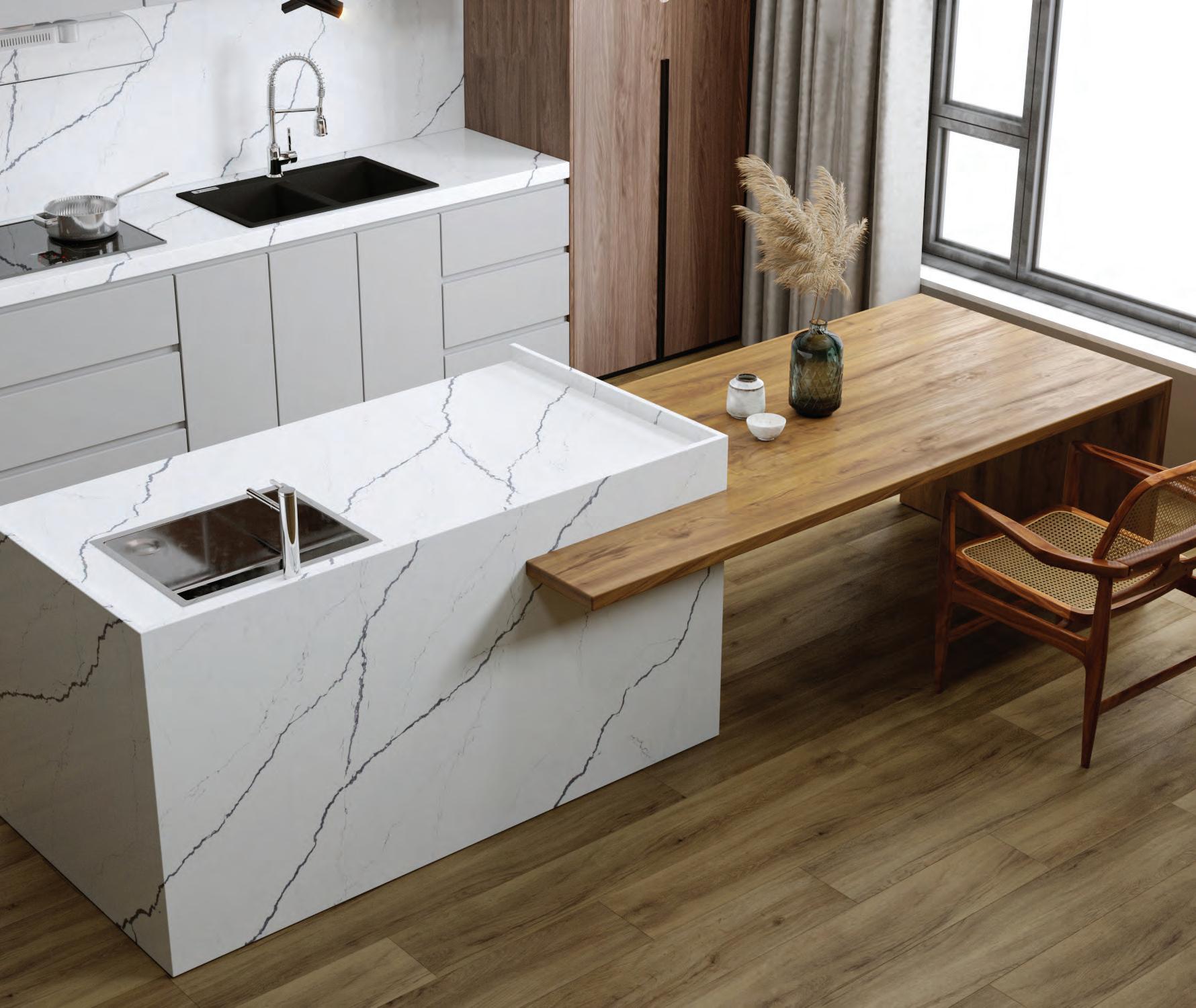
Has calendar fatigue got you down? For many of us, when the sun is shining, we are go, go, go! Take time to smell the flowers, enjoy handcrafted items and calming lavender, soak in a warm tub and take afternoon siestas.






Take the workout class, tackle weekend errands, and chill poolside all with your new hydration buddy in tow.
The Corkcicle Cold Cup XL features the signature triple insulation, ceramic coated straw and lid, making it the ideal way to sip in style no matter where the thirst strikes.

LIVE


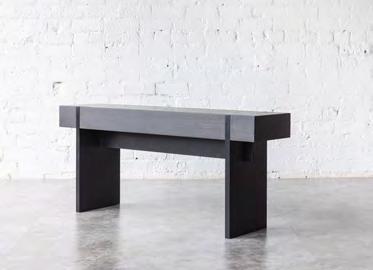
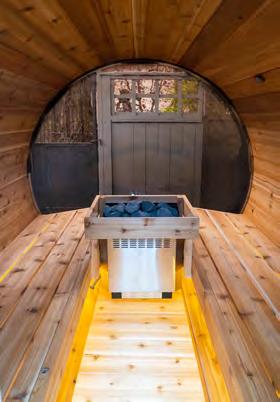



I meet Jessica at a brand-new luxury home built by her husband Jay, and where she worked on the design and interior side. It’s beautiful and completely staged, giving the feeling that one could move right in.
I’m here to chat life, style and where they intersect.
“My personal style in regard to a home is refined-casual with a California edge,” Jessica says, when asked to describe her style.
A career entrepreneur, Jessica has worked with Jay for the past 15 years, building luxury custom homes. As venturing into the unknown comes naturally to her, she took it upon herself a number of years ago to stage one of the properties for sale.

“It was a gorgeous property, and our realtor was quite nervous thinking I should hire a professional,” Jessica tells me. “However, upon showing the final product everyone was impressed and thought I had a future doing it. So slowly, referrals crept in, and I started to purchase furniture one job at a time, and before I knew it, I had an opportunity to start a business. I’ve been staging now for six years and my latest venture, The Shoppe at Uptown, was a natural expansion. Either staging or bringing in custom furnishings for design clients, it truly makes you prouder of the job you do when you can perfectly curate a space.”
Outside of work, Jessica is passionate about travelling.
“I would be a travel blogger in another life. I think being self-employed, the only real break you can get is if you are away. So, my husband and I and our kids love to get on an airplane anytime we can! More locally, we love the lake, boating, campfires, family and friends. Best part of summer!”
Asked for the best life lesson she’s learned, she says, “That time really is a thief. Having three kids under six, it’s a good reminder to be more present because your kids grow up far too fast!”
And what innate quality has led to her success? She says, “I do not dwell on anything. Let the negative have its minute, roll it off and move on.”
When it comes to good style for Jessica, it’s about being able to mix styles well.
“I don’t particularly love just one style; I think the house lacks personality with one style. So, if you can find a mix of sleek elegance with some eclectic pieces, colour pops that work, then you know what you are doing. Same goes with fashion!”
Style icon: Again, good style is having more than one style!


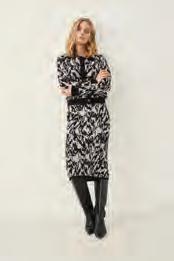
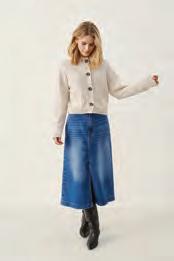
Favourite artist/photographer: Peter Lik.
Piece of art: Natural Beauty by Peter Lik.
Favourite musician: Tim McGraw.

Favourite cocktail or wine: Spicy margaritas. Album on current rotation: Morgan Wallen.
Favourite flower: Peonies.
Favourite city to visit: London, England.
Favourite place in the whole world: Maui. One thing that consistently lifts your spirits during hard times: Hugs from Jay and the kids…and margaritas.
Uniform: Jumpsuit—nothing slays like a woman in a jumpsuit.

Favourite pair of shoes: Louboutin booties.
Favourite day-bag: Louis Vuitton Neverfull MM tote. (Filled with all the kids stuff!)

Favourite work tool: Box cutter—saves my nails!
Favourite jewellery piece or designer: Rolex Datejust.

Accessory you spend the most money on: Handbags. Necessary indulgence for either fashion or beauty: Good skincare products.
Scent: Viktor & Rolf Flowerbomb.
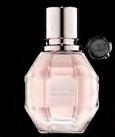
Must-have hair product: UNITE Texturiza.
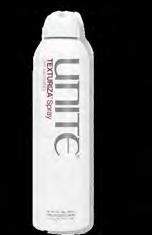
Beauty secret: Less is more.
What you read online for style: Pinterest and Instagram bloggers. Fave print magazine: House & Home/ House Beautiful.
Fave style blog: Cella Jane on Instagram: cellajaneblog.com.
Coffee table book/photography book: West: The American Cowboy by Anouk Masson Krantz. It’s Yellowstone for me.

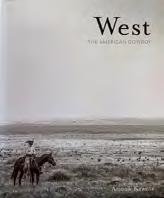
Favourite book of all time: Le Prisonniere by Malika Oufkir. I love true story books.

PART TWO offers feminine prints, elegant neutrals, and stylish separates for this Autumn’s collection landing in-store now.
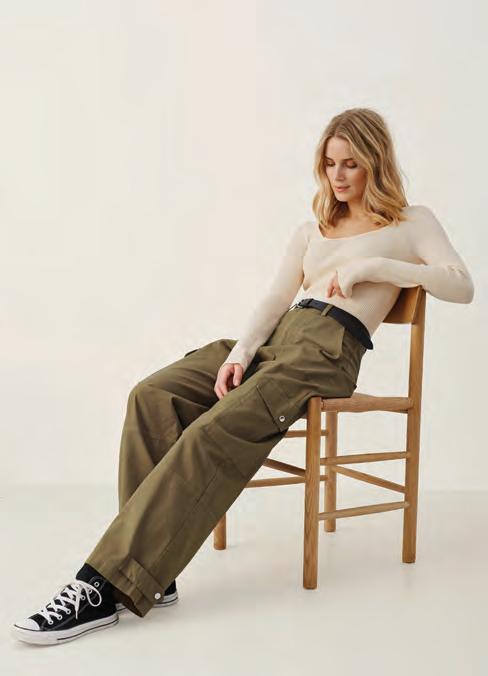

SPRING & SUMMER APPAREL NOW ON SALE
&
FIT YOUR LIFESTYLE • ELEVATE YOUR EVERYDAY

’m writing this article from the couch, where I sit with an ice pack on the inside of my left ankle. I spent the last few weeks training hard while ignoring a pain in my calf, which quickly morphed into a pain in my ankle. After spending yesterday at the beach, walking on uneven sand for two hours, my ankle and foot have decided they are on strike. I am now sequestered to the couch with an elevated foot and a regimen of rest, ice, compression and elevation. My body told me it was struggling, but I didn’t listen and now I’m paying the price.
I don’t think I’m alone in this experience. In fact, I’m willing to bet that you too have pushed your body beyond its capacity because most of us struggle to take breaks, slow down and properly rest and recover.
“No pain, no gain.” “Go big or go home.” “You can sleep in when you’re dead.” We’ve all heard these mantras chanted in the background of fitness and gym spaces, encouraging us to push harder and dig deeper or, my personal favourite, “enter the pain cave.” These phrases are often brandished alongside highly polished influencers and on fitness highlight reels that present movement and sport in a way that is edited and enhanced to the point of altered reality.
Increasingly there is an emphasis in the fitness and sport world on the “super human.” Athletes and presenters are shown accomplishing seemingly impossible feats, while influencers work out in glossy hair and makeup, pristine workout sets and zero sweat. These representations may be attempts at inspiration, but mostly they widen a divide between our own fitness experiences and the ones presented on our screen. When we are unable to connect to this representation of movement, the likelihood of satisfaction with our own accomplishments diminishes, often leading us to extend our expectations of what the body can and should be able to do.
There is undeniable value in developing the power to quiet those voices that tell us we can’t go any further—but what about when our drive to push harder and go faster overshadows our ability to find balance? How much of our movement practices are dictated by what we’re shown on social media? What happens when we ignore the warning signals of over-training, constantly pushing to maximum capacity? Maybe it looks something like me, working from the couch with an ice pack on my ankle.
Too much time in the “pain cave” quickly leads to burnout, injury and erosion of mental health, not to mention a reduction in the enjoyment we get from the movement itself. When it comes to sport and fitness, the goal should always be sustainability. In a noisy and overwhelming fitness world, how do we find balance?
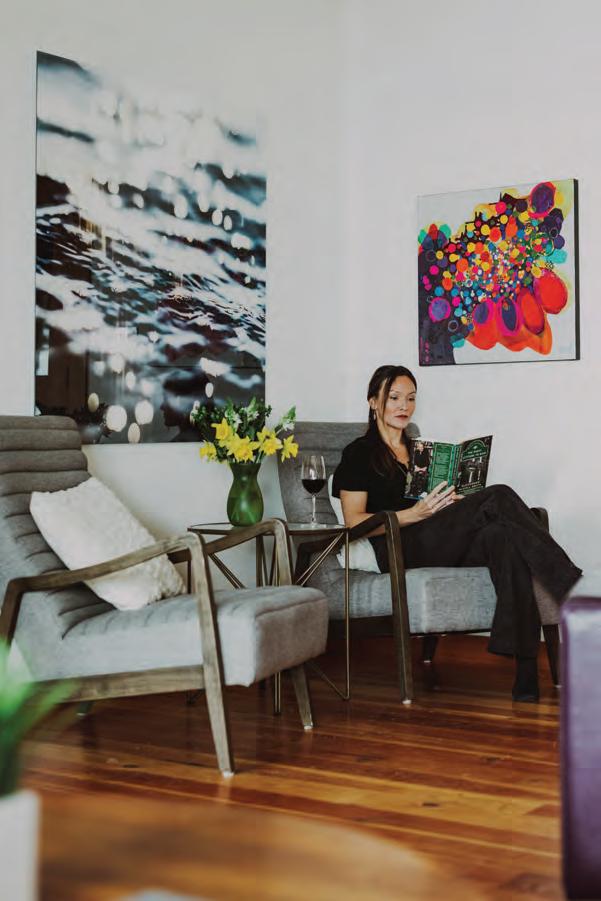
How about we start by listening to the body and choosing our own intention, based on our own needs? Maybe we don’t actually want to “go big” or trade pain for gain. And I don’t know about you, but I definitely don’t want to wait until I’m dead before getting some sleep. Yes, we want to achieve success and productivity, but sometimes that means slowing down before “digging deep” and putting more emphasis on enjoyment over achievement.
Slowing down can be hard. Going for mental health walks, stretching, taking naps and completing accessory work can sometimes feel boring. We often think of recovery, rest and injury
430 Campbell Street, Tofino (behind Rhino Coffee) www.TofinoGalleryofContemporaryArt.com
Instagram: @TofinoGalleryofContemporaryArt
Artwork: Nikki Baxendale ʻTranscendent Watersʼ

430 Campbell Street, Tofino (behind Rhino Coffee) www.TofinoBeachCollective.com
Instagram @TofinoBeachCollective
prevention as an admission of weakness. We have to fight that temptation to push past exhaustion because even superhuman athletes need rest and recovery; in fact, many of them have whole teams of athletic therapists and injury prevention specialists.

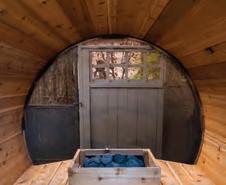

Professional athletes also include progressive warm-ups, cooldowns, stretching and mobility work as a part of every training regimen because it is the most effective way to improve mobility and set the body up for success in every movement style. Warming up can consist of light cardio work, maybe a few minutes on a bike or some skipping with targeted stretching mixed in. The goal is to slowly increase the heart rate and prime the body for the work ahead. Cool-down work is similar to warming up, but is done at a progressively slower pace, lowering the heart rate back to resting.
Accessory/mobility work is a bit more complicated but equally important for priming and supporting the body. These movements will look different than typical training and are often focused on areas where the body could use extra support. For example, if you have tight shoulders or a shallow squat, you would do accessory work during your workout to help progress your range of motion and stability in these areas. This type of movement is adaptable to every style and level of movement and sport.
Supporting your training needs with mobility and accessory work is important, but will only go so far if you are failing to support your mental health. Listening to your body includes respecting the health of your mind, which sometimes means taking a break, slowing down and shutting off for a while. This can be done in a variety of ways. To find what’s best for you, try taking a step back and assessing where you feel most overwhelmed and, when possible, considering where you might try to slow down.
This might simply mean reducing screen time, taking a mental health walk or even a 15-minute mid-day nap. For others, there may be value in reducing social activities, spending more time on creative endeavours or adding meditation practices to daily routines. Each of us will require different paths and even those paths may change, depending on different stages of life. But the first step is to slow down, step back and take stock of imbalances.

We are all human and want to feel good about the choices we make. We are naturally influenced by the world around us, but unfortunately we are often seeing the world through the unnatural lens of social media, which can raise the bar to heights we have no hope of reaching. Taking a step back and assessing how we are effected by these representations of sport and athletics is important and can do wonders for our mental and physical health. The only person who knows what your body is capable of is you. Slow down, step back and listen to what it’s telling you.

Too much time in the “pain cave” quickly leads to burnout, injury and erosion of mental health, not to mention a reduction in the enjoyment we get from
movement itself.




I can smell the woodsy, campfire-like aroma well before I see executive chef Peter Kim coming out of the kitchen at FATH OM—one of Victoria’s most exciting new restaurants. He’s carrying what looks like a large glass ball filled with smoke and a bed of shells, stones and moss cradling my appetizer and invoking the ocean and forests of Vancouver Island.
“It not only gives the show aspect, it also gives a nice, very pleasant taste with the grilled bread, and the hickory goes very well with the beef tartare,” Peter says, smoke wafting out as he removes the sour dough bread from the top of the beef tartare smoke bowl.
It’s my first taste of what the Hotel Grand Pacific’s new restau rant, which opened earlier this year, has to offer. Decorated in muted greys and greens and a deep, sea blue with gold accents, FATHOM’s décor and menu are inspired by the ocean—just like this Inner Harbour restaurant’s name.
“A fathom is a unit of measurement for how deep below the sea you’re getting, and we’re a seafood-centric restaurant. So, the idea for the design is that it goes from lighter to darker, like the ocean, and as you get into the lounge, you’re exploring the depths of the sea,” explains Hotel Grand Pacific marketing guru Becca Penner.
I decide to dive right in, sampling the sweet and juicy scallops served on a spring pea risotto with ginger scallop mousse and accented with an edible shell hand-crafted from phyllo dough and pressed against an actual scallop shell to make the perfect impres sion.
“We have to tell people it isn’t an actual shell or they won’t eat it!” Peter says with a laugh.
Peter came to the hotel from Vancouver almost a year and a half ago after working in some of the city’s top hotels and eateries. He’s also worked throughout the Pacific Rim, including San Francisco, Singapore and Australia. He says his inspiration for FATHOM was to create dishes that are unique and sustainable.
“When someone asks me what the concept of our menu is, I joke that it’s something I would love to eat. But we want something that will be well-received by locals and also very sustainable—something

I decide to dive right in, sampling the sweet and juicy scallops served on a spring pea risotto with ginger scallop mousse and accented with an edible shell hand-crafted from phyllo dough and pressed against an actual scallop shell to make the perfect impression.
that is ethically grown and sourced and harvested,” Peter explains. “I think it’s also the responsibility of chefs and the people in the industry to showcase items—both in how they’re created and how they’re presented—to bring out the best flavours.”
My next dish, a delicious chicken karaage, packs a flavour-packed punch with some heat, some crunch from crushed cashews, and just the right amount of crispy coating for a unique take on Japanese fried chicken.
“It’s a little twist with the Korean version,” Peter says. “While we marinade it in the traditional Japanese style, we toss it with the gochujang glaze, so it gets a nice balance of the heat, but a lot of taste with the ginger and garlic.”
It’s already a huge hit among staff and patrons, but Peter says his absolute favourite item on the menu is the sablefish, which is served with a kabayaki glaze and a house-made prawn cake with a cauliflower puree and nori sand.


“It is a dish I’d collaborated on with chefs I worked with in Vancouver, but I’ve added my own twist to it with a little bit of Korean in there and a little bit of Japanese fusion as well,” he says. “I think it’s something that’s really unique in the food scene here in Victoria.”
Taking my first bite of the sablefish, I experience layers of flavour. It almost has a deep smokiness to it. I can see why Peter loves it, but he says there’s no such thing as perfection.
“If we say our menu is perfect, our restaurant is perfect, our team is perfect, then there’s no room for growth and there’s no more room for creativity,” he explains. “We’re continuously evolving and looking to create new seasonal dishes to use what the harvesters, growers and forager who we work with provide, and make something that is edible as well as beautiful to the eye.”
FATHOM’s new hand-crafted cocktail menu is also taking its inspiration from the sea, with the help of brand and beverage consultant Soren Schepkowski.
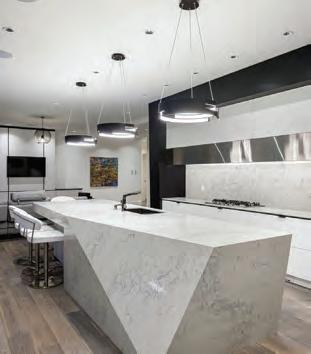
“We’re going to go with the fathom idea, separating the cocktails into different zones: so, the sunlight zone, the twilight zone, the midnight zone, the trenches and the abyss, depending on how adventurous you want to be,” Becca explains. “The deeper down, the more spirit-forward, heavy flavours there are. Whereas at the top, in the sunlight zone, they’re lighter and more approachable.”

I decided to splash down past the lighter zones to midnight for a cocktail called Don’t Say Rabbit, which is like a black Manhattan. A smooth sipper, it’s made with Jura 12 Whisky—one of the 160-plus whisky options on the menu. FATHOM is also working with Devine Distillery on the Saanich Peninsula to create its own house whisky.
“Our goal now is to become a local hot spot and more of a go-to spot for locals, especially people in the foodie community, as well as a must-do for tourists,” Becca says.
As I decide to have one last piece of the chicken karaage, I know I’ll be back for more.

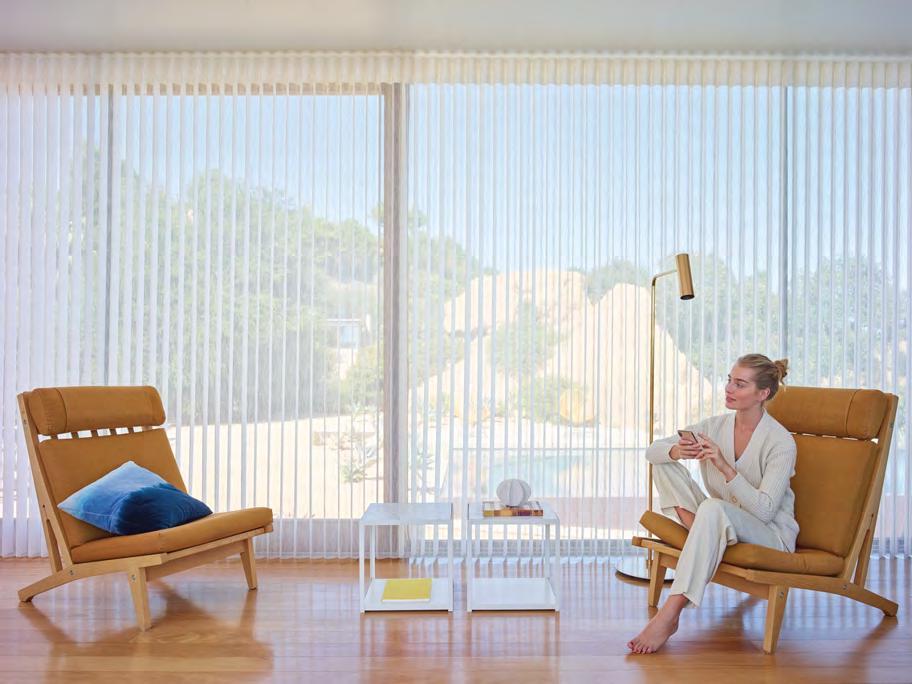







Stepping into a fairy tale at Château Okanagan


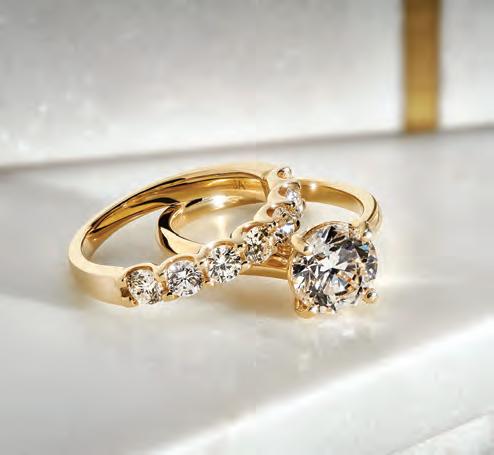

Crunching along a nondescript road lined by dry, scrubby yellow and sage green bushes running parallel to Okanagan Lake and high up the hillside, my travel companion and I look down again at our map app to make sure we are still en route to our destination.
Soon, seemingly out of nowhere, we arrive at an unmarked entry—a hobbit-esque gatehouse. High black gates slowly open, like magic, to reveal a winding driveway lined by mature and manicured green gardens. Snaking down the driveway, we see a large castle-like structure, fronted by Alice-in-Wonderland-style gardens, with geometric-patterned hedges and trickling fountains. My friend of many years, Genevieve, starts to laugh as we roll into the porte-cochère, saying, “What fairytale book have we just entered?!”
The large latch on the heavy wooden doors of Château Okanagan clicks open, we step in, our jaws drop...and our fantasy experience begins.
Our host, Sara Campbell (guest relations), shows us to our room—the Bordeaux Grande Suite—clearly enjoying our reactions. The suite not only has sparkling lake views from the main bedroom and a lavishly furnished sitting area, but boasts a separate office fit for a king, a large dressing room and a massive bathroom, complete with infinity bathtub, all exquisitely decorated with opulent furnishings, tiles and woodwork, and walls covered by thoughtful, unique pieces of art. We can’t wait to see the rest of the château and discover the next page of our storybook experience.
Located on 44 acres with a kilometre of the lakefront, Château Okanagan was built over five years in the early 2000s as a private home, and officially opened as a private rental property this spring.
Feeling like we’re in a scene from Beauty and the Beast, we explore the château with wonder. Peaceful water sounds play out in the background, emanating from a water feature that extends over two floors.
One wing of the château has two levels of guest rooms, each unique in itself, meticulously designed and decorated with magical touches, like wooden jewellery boxes and finishes dripping with
The large latch on the heavy wooden doors of Château Okanagan clicks open, we step in, our jaws drop and our fantasy experience begins.








heavy, lavish tassels, but all holding to an old-world European aesthetic—with all the modern comforts.

In the centre of the château sits a grand dining room with vaulted ceilings and exposed wooden beams, overlooked by a Juliet-style balcony from the library above, a lush sitting room and large kitchen and dining room.
The other wing contains a home theatre, stocked wine cellar and huge fitness studio that leads to a full spa, both opening out to the two outdoor infinity pools. The spa is covered in tiny iridescent tiles that cover the hot tub and a steam room that beckons with a heady aroma. There is something familiar about the spa, which makes sense when I’m told it was created by the same designer as the spa at Sparkling Hills Resort.
As we walk around, my mind puzzles on a sensation that this place is somehow different from other high-end accommodations, but I can’t quite place why. Then it occurs to me: this château was not built as a hotel for others to enjoy, it was conceived by and for the family that was to inhabit it. This was built as a home, not a business. It was a labour of love—and it feels that way.
Soon Genevieve and I are sitting on the large terrace, watching the last of the light dissolve from the sky, the foothills of the Monashee Mountains fading into a silhouette, and sipping glasses of cold 50th Parallel Pinot Gris, while the château’s private chef, Scott Geiring, prepares our dinner.
The next morning, I open my eyes and feel like I’m living a dream—I’m an everyday woman who has just learned she is actually a princess. Feeling right at home, Genevieve and I pad down the long hallway in bare feet and nightgowns to our set breakfast table on the terrace. Chef Scott brings us a smoothie bowl of yogurt infused with electric blue/green spirulina and a mango/watermelon smoothie topped with super grains and

fresh strawberries. The dish is a piece of art and it’s clear that nature is the palette he uses to create; it’s playful and colourful.
The château is not a hotel, it is a guest house that can only be booked by one party at a time with a maximum of 16 guests per party.
“This is ideal for large, multi-generational family gatherings, as there is something for everyone and every age here,” says general manager Brian Dower. “It is also ideal for small weddings, corporate events and for those who value total privacy and an escape from the world. The property is completely private and, although we are working towards offering additional high-end excursions such as heli-skiing and wine tours by boat, it provides many activities on site.”

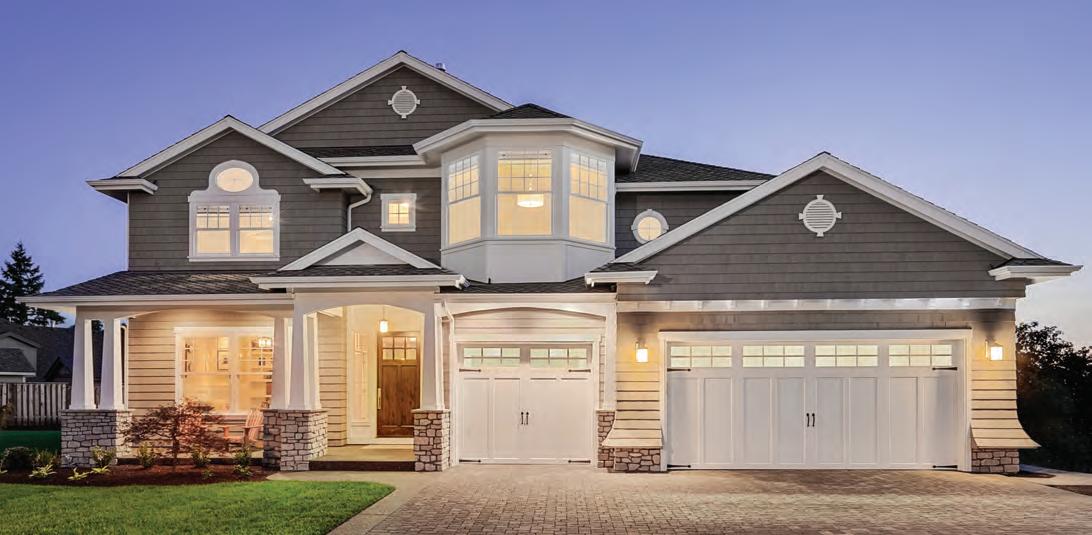
I completely understand this, as no part of me wants to leave the property. Guest relations manager Kathleen Nierfeld gives us our agenda for the day: paddleboard yoga on the lake, a kickboxing class, massages and options for hiking, kayaking, swimming and relaxation, all capped off with a sushi-making class with Scott for our dinner.
“Move at your own pace as you play with pushing up into downward dog,” yoga teacher Samantha Hogue says with encouragement.
I am on my hands and knees on a paddleboard in the middle of Okanagan Lake. I start to straighten my knees, reaching my hips up into the air, as a gentle rocking motion from the lake ripples through my yoga pose. This is a first for me and what originally seemed like two activities pointlessly merged now makes sense as the fluidity of the water informs my movements. I begin to feel at one with this incredible body of water and by the end of the yoga and meditation,
now on my back, I simply roll into the lake with absolute pleasure and open my eyes to a world of green around me—submerged, connected and completely zen-ed out.
The rest of the day is an absolute win. Kickboxing with Carol Romanchuk and Cathy Swabey, of C&C Kickbox Co., is pure fire energy to balance out the fluid water vibes of the yoga, and we leave the class sweaty, pumped up and thankful for the exercise to balance out all the amazing food we’ve been enjoying.
An early evening in the spa followed by massages grounds us and we arrive at our sushi-making class totally transformed. Chef Scott leads us through sushi rolling with patience and humour, and although our rolls aren’t quite as pretty as his, we are pleased with our creations and stuff our mouths with colourful rolls filled with tuna belly, cucumber and fun ingredients such as golden beets, lobster and blueberries.
Again, I notice the difference of this resort experience— the feeling is that we are in a home, relaxed and surrounded by pleasant company but with total luxury at every turn.
Beyond the château and gardens, the estate contains a large natural area with weaving trails that we hike with Brian, who describes the land as a sanctuary for flora and fauna, safe from housing developments. This property will remain a place for people to enjoy the environment, catch glimpses of wildlife and play on the many craggy beaches that edge the property.
For our final dinner Chef Scott wows us with strawberry, beet and baby tomato salad with crumbled blue cheese, red onion and poppy seed croutons, all tossed in a rose vinaigrette. Next, we’re presented with a local-mushroom

ravioli topped with mushroom ragout, blueberry, toasted pumpkin seeds and shaved Parmesan drizzled with a goat cheese popcorn sauce and truffle oil, all washed down by a beautiful Chardonnay. He ends the meal with New York-style cheesecake with berries and aged port chocolate sauce that is somehow light and fluffy. Our conversation turns to recalling those moments in life when all the conditions line up and everything is perfect, because this is one such moment.
Eileen Fisher
Eliza Faulkner
White + Warren
AG Denim
Eileen Fisher
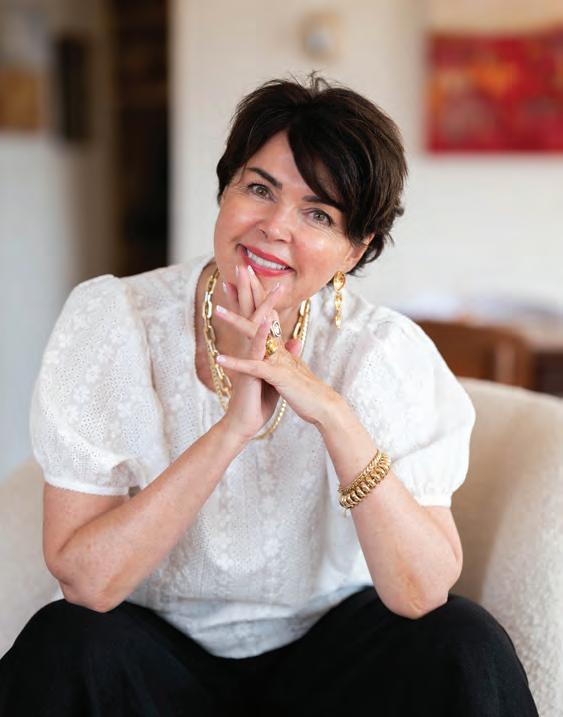
DL1961 Denim
White + Warren
Fidelity Denim
Elk Australia
Van Kukil Cashmere
Lisette
Indie & Cold
Naïf Montreal
Velvet by G & S
Harly Jae
Annigail
Jungmaven
Grace & Mila
Kut Denim
Cut Loose
Naïf Montreal
LAB Collective LINE
A–G Denim
Velvet
Mink Pink
7 For All Mankind
Repeat Cashmere Kaffe
Beautycounter
Casual Luxury Clothing
Two Locations
1887 Oak Bay Ave. - Victoria
2227 Oak Bay Ave. - Oak Bay
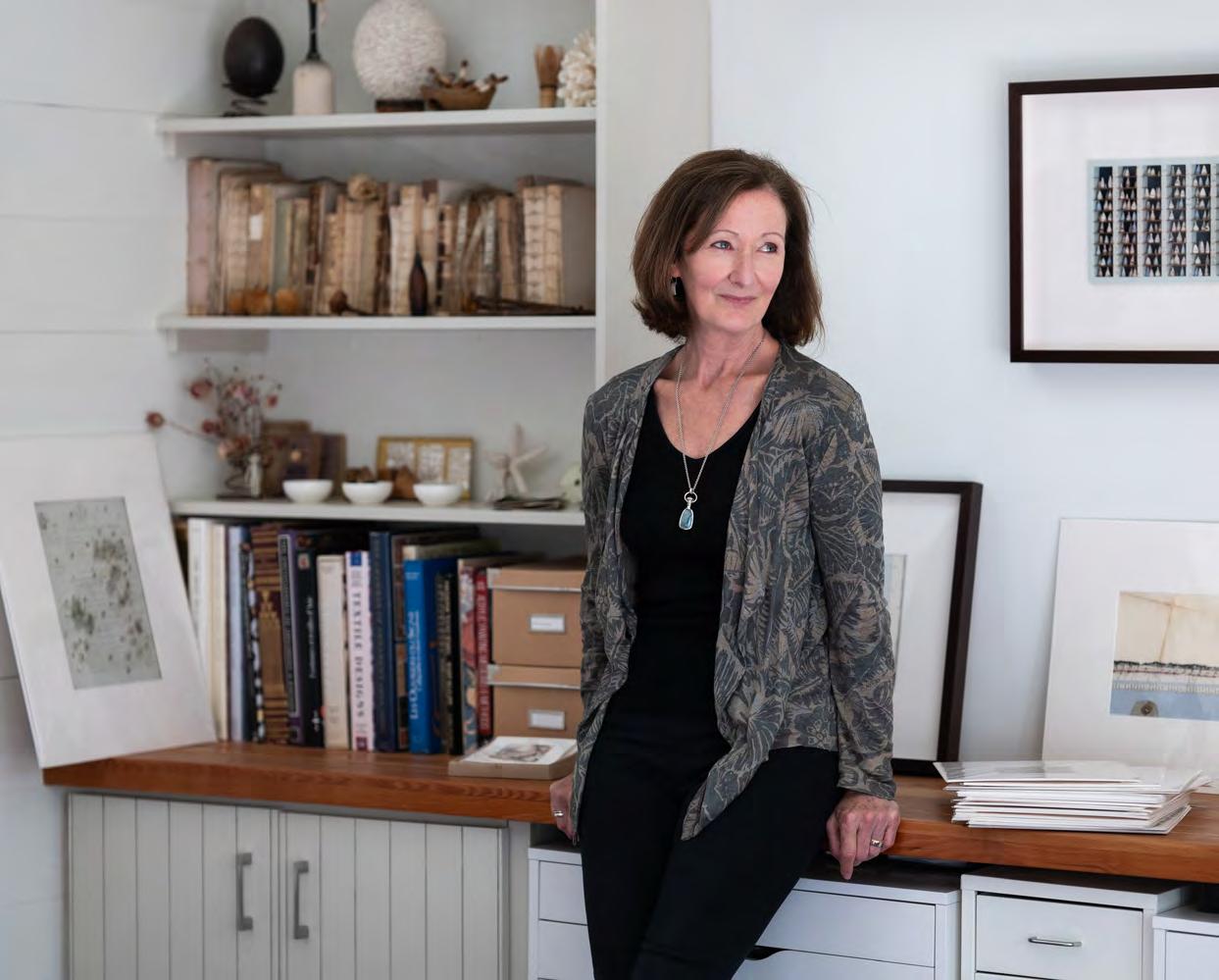
Upon entering mixed-media artist Joyce Bantock’s backyard studio gallery in Fairfield, one is struck by how neat and tidy the room appears.
A closer look reveals innumerable paper items, from dismantled books to folded or cut-up bits and pieces. These are the raw materials of her work, the “paper ephemera,” as she calls it, that always make their way into her pieces, many of which hang on the walls around her workspace.
These items provide the three-dimensional and often antiqued depth she uses to create more weight and substance and encourage the viewer into a quiet, meditative observation.
To create her art, Joyce folds, rolls, trims and sculpts various types of paper, assembling the pieces to create interesting and intriguing designs. To the onlooker, some elements in her works may resemble other things. When viewed from a few feet away, one piece framed by a reclaimed wooden partitioned box gives the impression the artist has stocked the sections with tiny colourful clamshells, when in fact they are intricately folded strips of paper.
In the 13 or so years since she devoted her talents full time to creating fine art, Joyce has regularly integrated found items into her works.
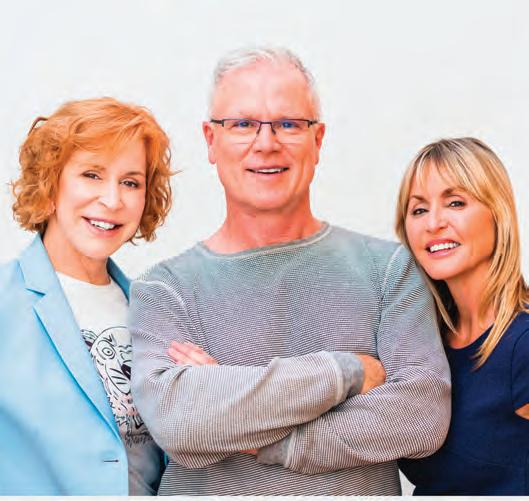
“It was just things that I’m drawn to, the old letters, the script—the handwriting is beautiful,” she says.
Over the years she has collected many such items during trips abroad and on visits to antique stores or paper shows.
“It feels different, it has a lovely quality to it,” she says of older paper styles. “I can mould them; I can manipulate them more easily than current papers. There can be a kind of onionskin-like transparency to them, they’re much more porous. But I also like the old papers because they’re marked and they’re aged, they just have that interest. In some cases, the handwriting has almost gone kind of oily, you can see the mark and then you can see kind of a smudginess to it.”
She reaches for an example: an old document that, when folded, left a subtle line that could provide an “aged and grubby” look to enhance the overall design of a piece. She uses rusty metal to mark paper in a similar way.
One might wonder how Joyce keeps track of all these potential elements, especially after she reveals hundreds more tiny items inside a set of drawers. Conscious of her studio’s limited space, she says, she must be organized enough to know exactly
where to find a particular element that might suit one of her works.

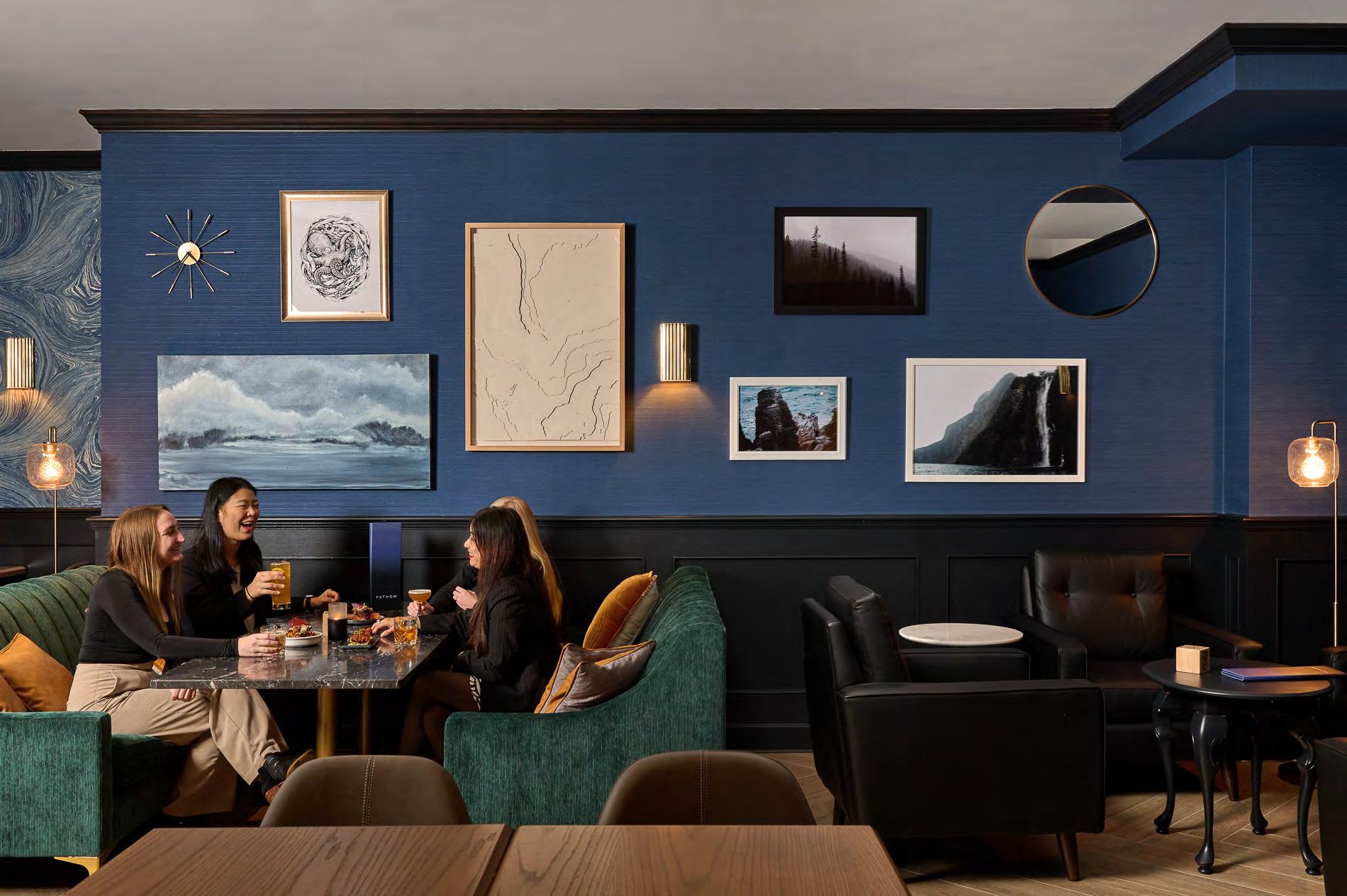
That said, she is always on the lookout for interesting items. She delights in finding ornately covered old volumes being discarded by bookstores, eager to discover the potential goldmine of material to be reused in her art.
“I just gently pull them apart, depending on what the book is going to allow me to do.”
That process yields coloured threads, small leather pieces and other useful bits.

“I have boxes full of old papers, and the tiniest little scraps I seem to save. Nothing gets thrown away. Sometimes I think maybe that’s a sign of hoarding,” she says with a grin, “but I reassure myself that I will look in that box and use it.”
Joyce has a willing co-collector in her searches for potentially useful paper items: her husband Nick Bantock, the best-selling author of the Griffin and Sabine series and an artist as well.
“He’s a big collector; he used old envelopes in his Griffin series, so
“To me this is a slow process, it’s meditative, it’s calming.”
“[Left in] it makes the viewer’s eye go directly to the object or the thing they can recognize, and then I think that kind of takes the mystery out of it. It detracts from the overall feel of the piece.”
A similar belief stops her from using bright colours in her work— more muted tones are the norm. Her studio/gallery itself, from the art hanging on the walls to the decor, is devoid of any vivid displays of colour. As such, upon entering one almost immediately feels calmer, a common sentiment among visitors, who gain a sense of stillness, she says.
“There’s nothing loud and jarring or anything, so it’s all very quiet, very soft…you can breathe.”
Summarizing comments made during home studio tours in which she occasionally participates, Joyce says people notice a difference after viewing the often colourful palettes of other artists.
“They come in here and they have not seen anything like this,” she says. “The comments in my guest book time and time again say, ‘It’s just a beautiful space, calming and (promotes) a quiet stilling of the mind, I enjoyed being in here.’ It does it for me, but it’s lovely to know that it can also do that for others.”
Having escaped the stressful, deadline-oriented commercial textile design industry over 15 years ago, Joyce relishes this atmosphere for art-making. No longer is she churning out finished designs on someone else’s timeline. Her pieces take as long as they take to be completed, she says.
“To me this is a slow process, it’s meditative, it’s calming.”
Not only is Joyce practising reuse and recycle in her work, her peaceful surroundings and more relaxed art-making process are helping to maintain a sustainable career.

Examples of her work can be found online at instagram.com/ joycebantock. To arrange for a viewing, email her at joycebantock@ gmail.com.

• 4,000-square-foot plantation-style main house
• 600-square-foot lanai (veranda) off the great room
• 3 bedrooms in main house, each with its own en suite
• Master has entrance to private outdoor shower off en suite
• Self-contained 400-squarefoot ohana apartment for parents or friends
• Swimming pool
• Storage for windsurfers, hydrofoils, surfboards
WORDS LAURA GOLDSTEIN X PHOTOGRAPHY COURTESY HB DESIGNS

lying above the frothy swells like some wild tropical bird on Maui’s North Shore, Jennifer Heffel is learning to wing foil. Standing on a hydrofoil board, she holds the colourful sail to get lift out of the ocean.
“It’s the most exhilarating feeling—you really feel like you’re flying,” she explains enthusiastically.
Accomplished surfers and windsurfers, both Jennifer and her husband Robert have been going to Maui for 29 years: “Since my daughter was 18 months old,” says Jennifer, cofounder and principal of North Vancouver’s HB Design.
So, when it came time to build a holiday home in Maui, she had two criteria: it must be close to the beach where wind and wave conditions are at their peak on the North Shore, which is the windsurfing capital of the world, and the property must reflect a generational family gathering place.
“My parents had a cottage at Lake of the Woods on the border of Manitoba and Ontario, and I come from a family of four sisters, so we all gathered there as kids and later with our own children and friends,” Jennifer explains.
That wonderful time of family get-togethers inspired her dream to build a home in Maui that would elicit those same fond memories and hopefully stay in the family for generations to come.

With the property located in residential Spreckelsville near the quaint town of Paia, it was pure serendipity to have an architect as a neighbour.
“In 2008 it was the perfect storm of good timing,” says Jennifer. “We purchased the property on a cul-de-sac, and we hired architect Jeffrey Lundahl and local builders who could bring my vision to fruition in 2010. Two years later we built an adorable 400-square-foot self-contained ohana (meaning “family” in Hawaiian) apartment on the property for my parents to stay in while visiting.”
With trade winds gusting at times up to 80 kilometres per hour in the area, the 4,000-square-foot main house plus 600-square-foot “lanai” (like a veranda), is specifically designed in a U-shape around the swimming pool and courtyard to block the wind and any whirling sand.
For the house, Jennifer envisioned a traditional home based on a plantation style that originated in the early 1900s as pineapple and sugarcane homesteads in Hawaii. These homes are characterized by wide roofs, beamed ceilings, white-washed interiors and languidly spinning ceiling fans that blend seamlessly with the Maui landscape.
“I wanted the house’s interior to feel like a beachy plantation home that feels comfortable with just my small family of three, or 16 people visiting,” she explains. “That meant that I chose light-coloured floors so if someone came

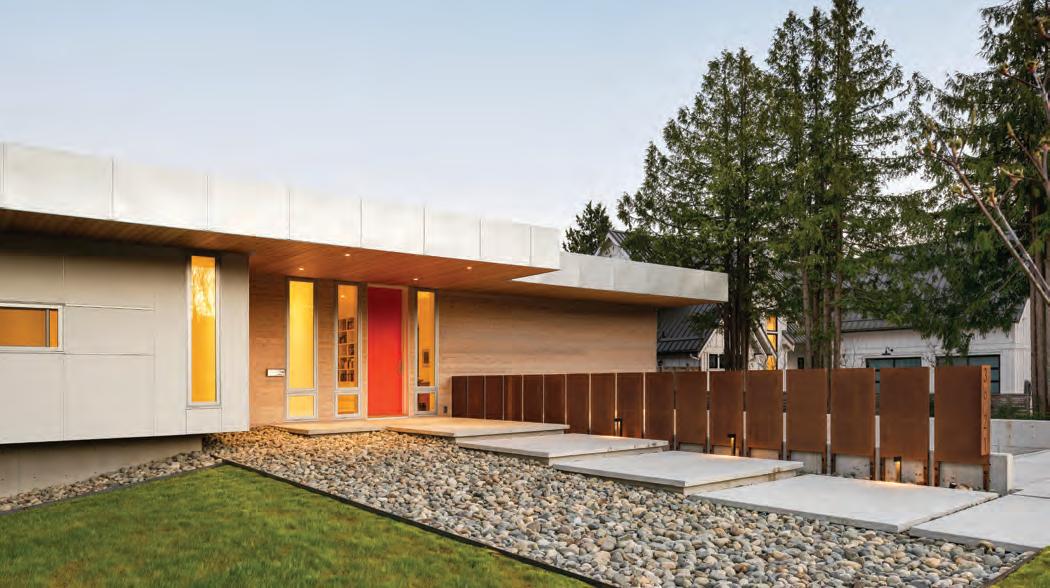

“I wanted the house’s interior to feel like a beachy plantation home that feels comfortable with just my small family of three, or 16 people visiting.”
in with sand on their feet, who cares? You wouldn’t notice. Most of the furniture is slip-covered. In fact, I used a lot of beautiful indooroutdoor fabrics so if someone spilled a drink or sat down in a wet bathing suit, no problem.”
Entering the Heffels’ home through the courtyard’s floor-toceiling glass doors, one immediately recognizes that it’s a stunning continuation of the vibrant exterior landscape. In considering the colours, Jennifer had gone down to the beach to photograph the ocean, sand, driftwood, shells and hibiscus flowers to give her interior palette a tropical punch of pinks and oranges from Hawaiian gardens, combined with the blues, chartreuse and aqua of the ocean and sea life.
A 30-foot-long abstract runner of swirling koi fish captures those hues along the breezeway that leads into the main house. Created by Burritt Bros. Carpet & Floors in Vancouver, it was made in Nepal and shipped directly to Maui. The other end of the breezeway is anchored by an Edward Burtynsky shipyard series photograph from Heffel Fine Art Auction House (where Robert is vice president).
Like many of the bespoke interiors Jennifer designs for clients, her vacation home reflects an airy elegance that is inviting rather than ostentatious. It’s no surprise that the Heffels love to cook and entertain here. The kitchen is defined by Shaker-style cabinetry with stainless steel hardware that she brought in from Spain.

“I wanted the look to be simple and fresh and I didn’t want any upper cabinets anywhere,” she says. “I have that great pantry off the kitchen for storage. The island has the same cabinetry, and we put this sort of sea-foam-blue wash on the fir. And those pull-up bar stools are like tractor seats that are molded to your behind and are really comfortable.”
Jennifer loves textured fabrics and draperies (even the high ceilings between the home’s beams are wallpapered in grasscloth). Her choice


Shop
Mos Mosh
Velvet
Part Two
InWear
White Stuff
Barbour
YaYa
Armed Angels
Des Petits Hauts
Johnny Was
Pyrrha
Karyn Chopik
Jenny Bird
Ayala Bar
Vanzetti Belts
125 Kenneth Street ~ Downtown Duncan

Monday to Saturday 10 to 5 Sunday 12 to 5
of
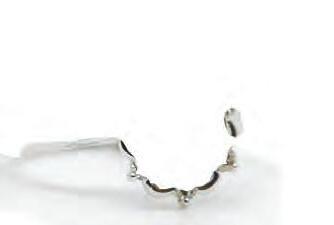


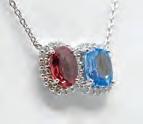


“Yes, it was expensive, but it doesn’t fade or yellow under the intense heat here and it’s frankly one of the best investments of fabric I’ve ever made,” she says.
When Jennifer was working with the architect on the design of the house, she really wanted a dining area in which a table could accommodate up to 16 people.


The resulting choice “has breadboard ends so it can be extended— we’ve had a lot of really fun dinners there! The eight rattan chairs are from Crate & Barrel and the two wing chairs at either end are upholstered in leafy-patterned slipcovers, so if someone spills something, I just take them off to the dry cleaners,” she adds.
The great room that overlooks the spacious lanai is where the Heffel family congregates to watch films, sing along with the karaoke machine, and play board games in the evenings. Built-in light cabinetry and cosy slip-covered sofas exude a calming vibe, making it the perfect sanctuary to flop down and relax after a long day of beach sports. Pass the popcorn!
While the active couple heads down to the ocean daily to swim and windsurf, Jennifer says, “We really debated about putting in a pool
Your home is where your stories are made and our team is here to help ensure it will be your sanctuary for all life’s moments, filled with expressive elements, calming vibes and undeniable character.

Great design begins with a fresh and clean palette, quality furnishings, artisan textiles, layered neutrals and nature-inspired accessories. You’ll find all that and more at the Shoppe on Uptown Blvd. We can’t wait to meet you.
A boutique furniture shoppe at Uptown Mall helping you create memories and a home to love living in.
www.shoppejvinteriors.ca

because of the maintenance. But we realized that not everyone is a beach person. For instance, my parents who are in their 80s really like to just lounge and relax around the pool.”
The three bedrooms in the main house all have their own en suites and riff off the same beachy palette as the principal rooms, with striped fabric on the custom beds and headboards. Jennifer used a pebbled tile around the mirrors, backsplash and under the
tubs and the floors of the walk-in showers. Off the master bedroom is a door leading to a private, heavenly outdoor shower.
“I’ve got tiki masks on the walls and big lava stones inside and what’s really funny is that we have never used the indoor shower once,” she laughs.
“We refer to our Maui vacation home as ‘our happy place,’ a legacy we hope our grandchildren will continue to enjoy.”
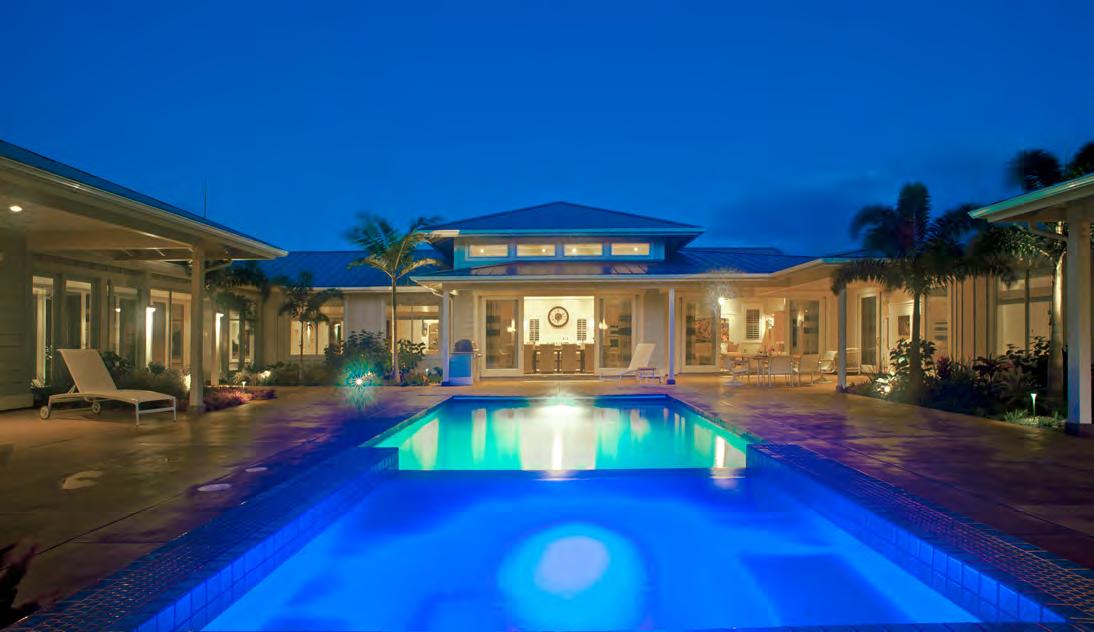
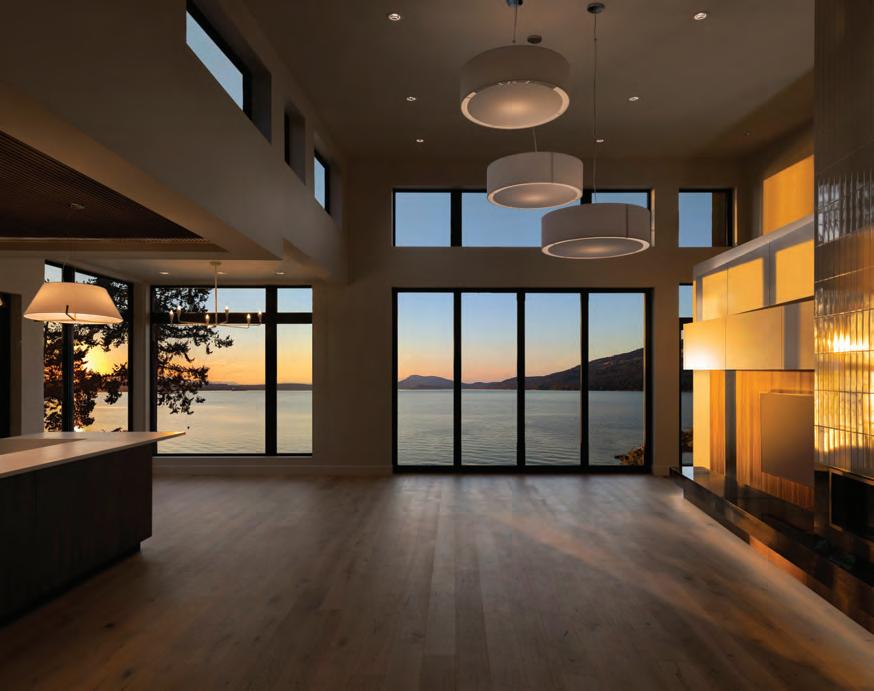


Beauty, form, function and colour all year round

With his boldly modern Gonzales Bay home in its finishing stages last September, homeowner Mark of Novus Properties turned his eye to the landscaping to complement the sloping lot, the abundance of white and the sharp angles of the home’s silhouette.

“We wanted a softer modern look in terms of layout and structure, using more traditional plants,” says Mark of his initial vision for the property. “Also, lots of evergreens, colour throughout the seasons and a portion as an edible garden.”

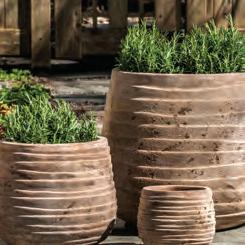
gardenstone.ca 2507157220

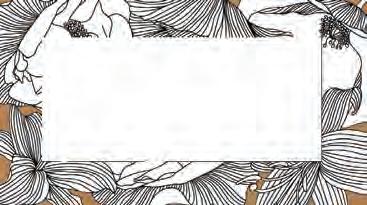


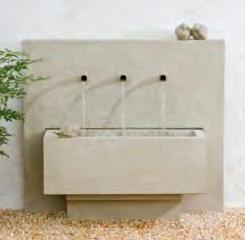
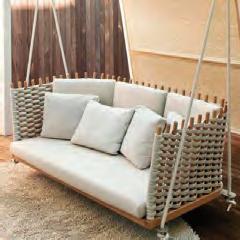
Just south of Duncan next to the Old Farm Market 5174 Francis Street, Koksilah B.C. V0R 2C0







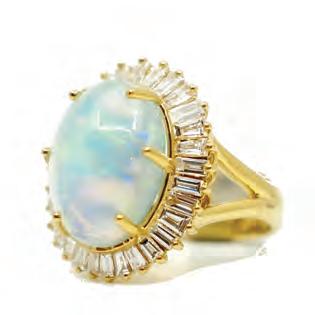
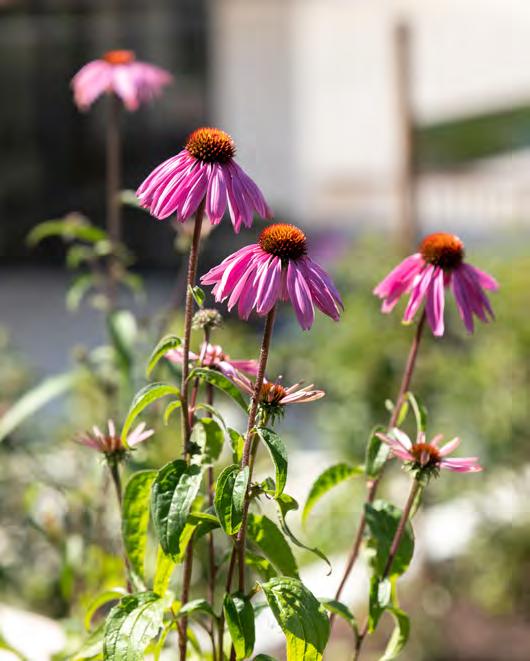

He brought in Red Seal horticulturalist and garden designer Manon Tremblay, who’s been working in Victoria for more than 20 years, designing and building spectacular gardens. She’s also spent a period as an instructor at the Horticulture Centre of the Pacific and she’s worked as head gardener for the Abkhazi Garden in Fairfield.
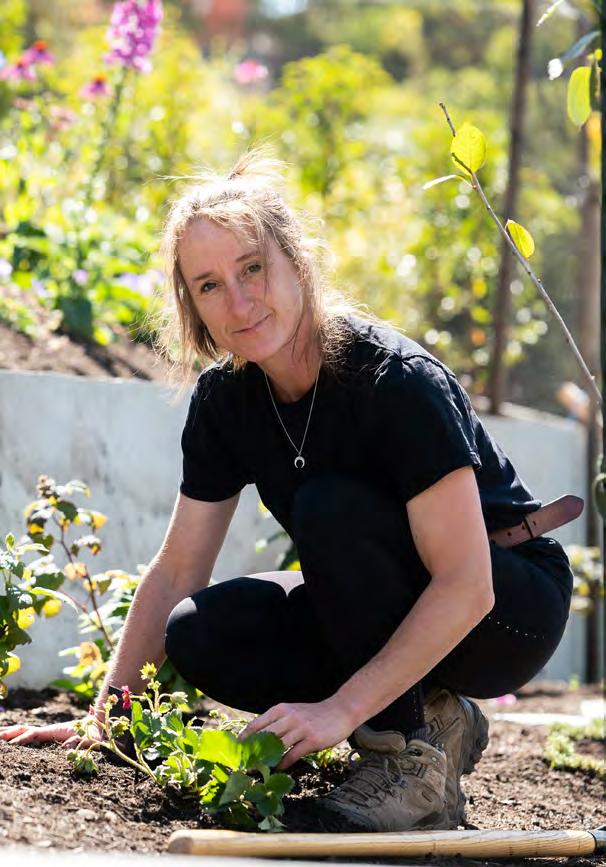
Drawing from both west coast aesthetics and French garden elements, Manon approached the overall design for the home’s garden with a goal of balancing modern-leaning straight lines with a more fluid flow that would welcome Mark and his family into each space.
“I wanted them to be able to enjoy it and to use the spaces,” she says.



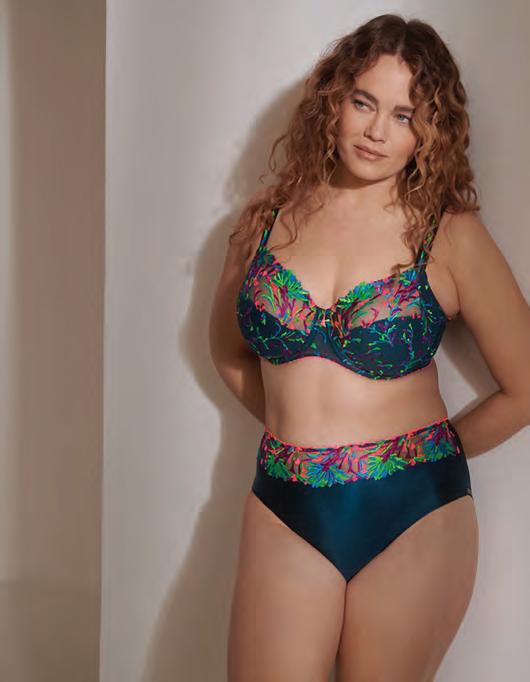

Working with a blank slate—just the driveway and a retaining wall—provided the opportunity to really explore different ideas, she says, and a series of themes emerged.
Just past the front gate is a more formal aesthetic, with two long beds bordering the lower portion of the driveway. Dwarf lavender and white roses create an immediate feeling of traditional design, supported by rose boxwoods and a hedge of Portuguese laurel, a smaller, more contained cultivar with red stems and narrower leaves than its English counterpart.
Deeper into the garden bed that borders the neighbour, a Forest Pansy, with its deeply purple heart-shaped leaves, arches over the brilliant yellow of Mexican mock orange shrubs, and along the fence are several young wisterias, which will thicken and grow, creating increased privacy and a sense of cosy seclusion.
Up and to the right is the entrance to the front yard and pool area, flanked by two evergreen magnolias, which also increase privacy, and they help direct guests further up the driveway and
around to the rear of the house where the main entrance is located. A more formal vibe continues through the front yard where a narrow strip of garden borders the pool area on three sides, absolutely chock full of white Annabelle hydrangeas. With fluffy blooms the size of a person’s head, they create a luxurious feeling of escape and help shelter the area from the road and neighbours. They were a specific request from Mark.
“Their foliage creates additional privacy at the bottom of the hedge where it tends to be thinner,” he says. “Their blooms are amazing—and being all white plays well off the house.”
A trio of white concrete planters on the deck, just up the steps, are set out with a selection of herbs, easily accessible from the kitchen through a sliding glass door. And then continuing up the driveway, the feeling shifts slightly from clean lines and modern design to something a little more flowing and a little less formal.

Running along the edge of the house is a narrow strip of garden sheltered from the sun for most of the day, full of rich greens and deeper tones.
“I love the shade garden,” says Manon with a smile.
Shade-loving plants tend to have much larger—and more interesting—leaves, she explains. Like the hostas, with their undertones of blue-green. Or the Jack Frost brunnera with its heavily veined and frosted leaves, complemented by delicate clouds of tiny blue flowers in the spring.

Moving past the front entrance to the house, the curve of the driveway naturally steers you toward the edible garden, which is peppered with flat stepping stones and well on its way to becoming a mini Eden with blueberry bushes, cherry trees and what will be a veritable carpet of strawberries, including a sprawling variety with crimson and pink flowers. Creeping thyme is set out between the stones, intended to spread and mound and lend just a hint of woodland whimsy to the space for Mark’s kids.




Drawing from both west coast aesthetics and French garden elements, Manon approached the overall design for the home’s garden with a goal of balancing modernleaning straight lines with a more fluid flow that would welcome Mark and his family into each space.


Covering the steep slope above is the pollinator garden, a riot of blooms and colours and heights and textures. Foxgloves, agapanthus (also called Lily of the Nile) and echinaceas stand tall amid feathery sages, blue geraniums and heather, with lavender set out at the top border.
Mark and Manon settled on a white theme for the uppermost garden. With many modern homes, white is a common design thread— clean, elegant and beautiful without being cluttered—and so they pulled that same aesthetic in for the peak of the property. White roses, white flowering dogwood and white rhododendrons all vary in height and texture, while a scattering of French lavender offers a subtle burst of colour in both its flowers and its silvery blue-green leaves. A hedge of Portuguese laurel runs the length of the rear property border, tying together the two ends of the long property.
And coming back down the other side against the neighbouring yard, the garden slopes sharply, planted out with Japanese maples, fuchsias, weeping spruce and a mosaic of low-lying sedums in between the bordering stones, leading into what Manon calls the “drought garden,” full of blue junipers and climbing white roses.
“I wanted the plants here to cascade down over the stones with the feeling of a waterfall. To arch over the boulder and soften them,” explains Manon.
As the plants grow and fill in, that downward flow naturally brings the eye back down the steep slope and creates a perpetual feeling of movement throughout the property, juxtaposed wonderfully against the squared-off stability of the house.

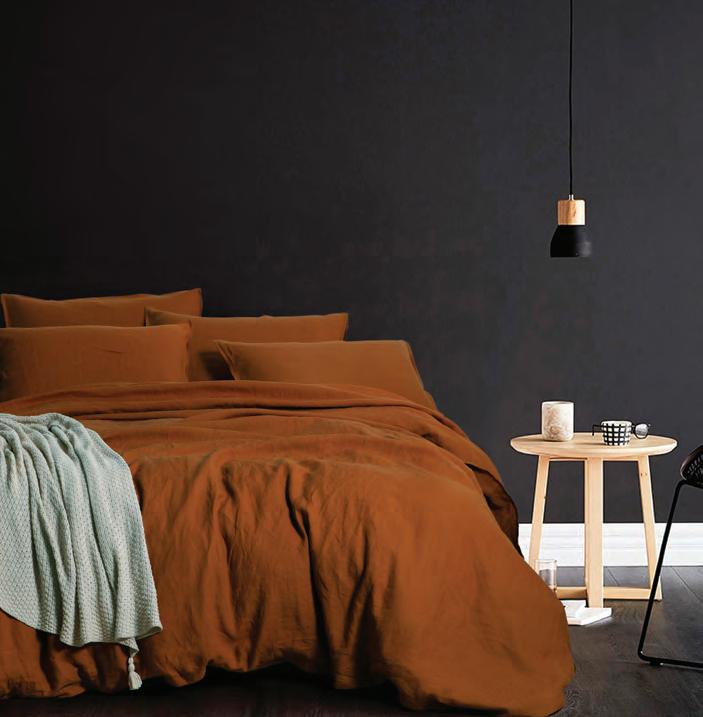
And with the careful selection of evergreens and texturally interesting plants—whether it’s from the abundance of greens in the hedges, the intricate, winding branches of the winter-bare Japanese maples, or the gorgeous veined and frosted leaves in the shade garden—there will be visual interest and movement throughout the year.

The world of residential construction is a dynamic and ever-evolving realm, where architects, builders and designers shape the places we call home. Each structure is a testament to the vision, dedication and craftsmanship of those involved in its creation. To honour these industry leaders and celebrate their exceptional contributions, a gala was held in Nanaimo at the Vancouver Island Conference Centre.
The atmosphere buzzed with anticipation as attendees, ranging from architects and engineers to contractors and suppliers, gathered to commemorate the industry's achievements.
The gala showcased the finest residential projects from across Vancouver Island. Entries showcased impeccable craftsmanship, and cutting-edge technologies employed in these homes. From sustainable design to smart home integration, each project was a testament to the industry's pursuit of excellence and its commitment to creating homes their clients' love.
Recognizing that the success of the project relies on a collaborative effort, the gala also paid tribute to the partnerships forged within the industry. Architectural firms,
construction companies, suppliers and other stakeholders were acknowledged for their unwavering dedication to teamwork, and their ability to seamlessly bring together diverse expertise.
During the gala, a special segment was dedicated to honouring Byron Gallant of B.Gallant Homes Ltd. Byron has dedicated his career to shaping the residential building industry and was recognized by receiving a lifetime achievement award. The Canadian Home Builders’ Association-Vancouver Island is comprised of strong, incredible members, who share a commitment to building our communities with careful thought and consideration. This award recognized Byron’s dedication and vision for furthering the association. He has held leadership positions at the local and provincial level, he has shared knowledge with his peers and mentored younger professionals. His commitment to the industry was exemplified through his advocacy work, and by creating and implementing resolutions and new approaches to industry issues.
Spring 2024 will mark the 10th annual Vancouver Island Building Excellence Awards and will take place in Victoria, BC. This is shaping up to be the biggest celebration yet. The call for entries will come out in the fall.
LIDA Homes Inc.
Island View - Built by LIDA Homes Inc.
This oceanfront, West Coast contemporary home considers style, functionality, and aging-in-place. This home has Energyefficiency as a priority and utilizes multiple solar panels, heat pump for heating and cooling, passive heat gain and abundant natural light via windows.
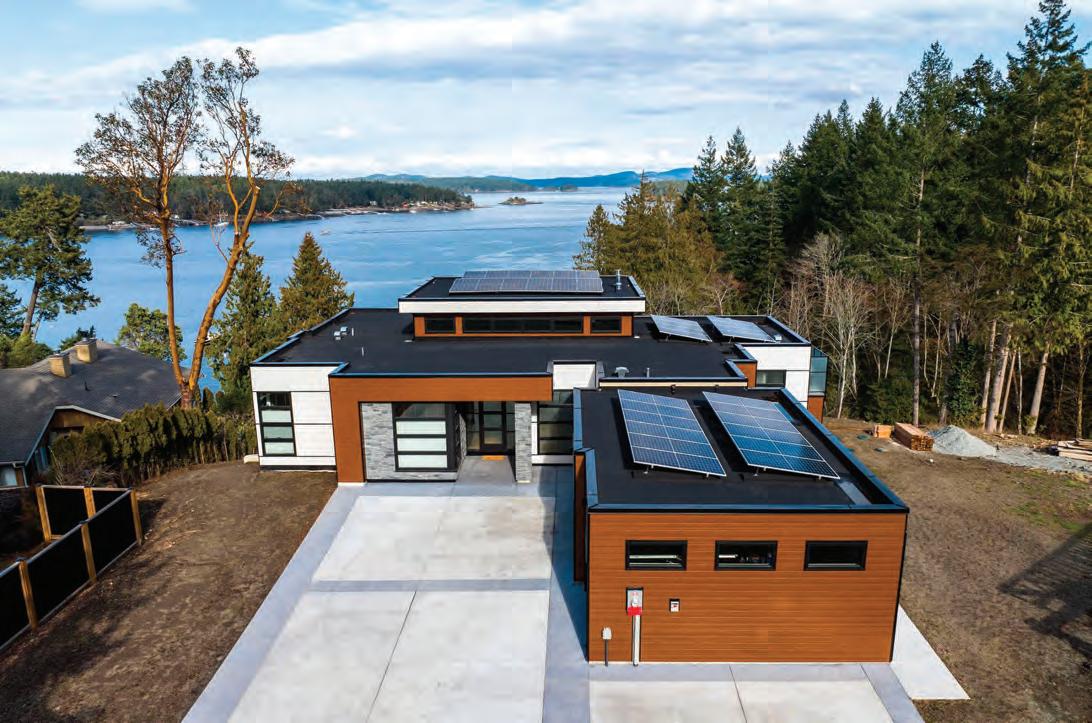
Alair Homes Mill Bay
This renovation by Alair Homes Mill Bay was done to modernize the home by bringing in a new kitchen for the family to enjoy entertaining while taking in a panoramic view.
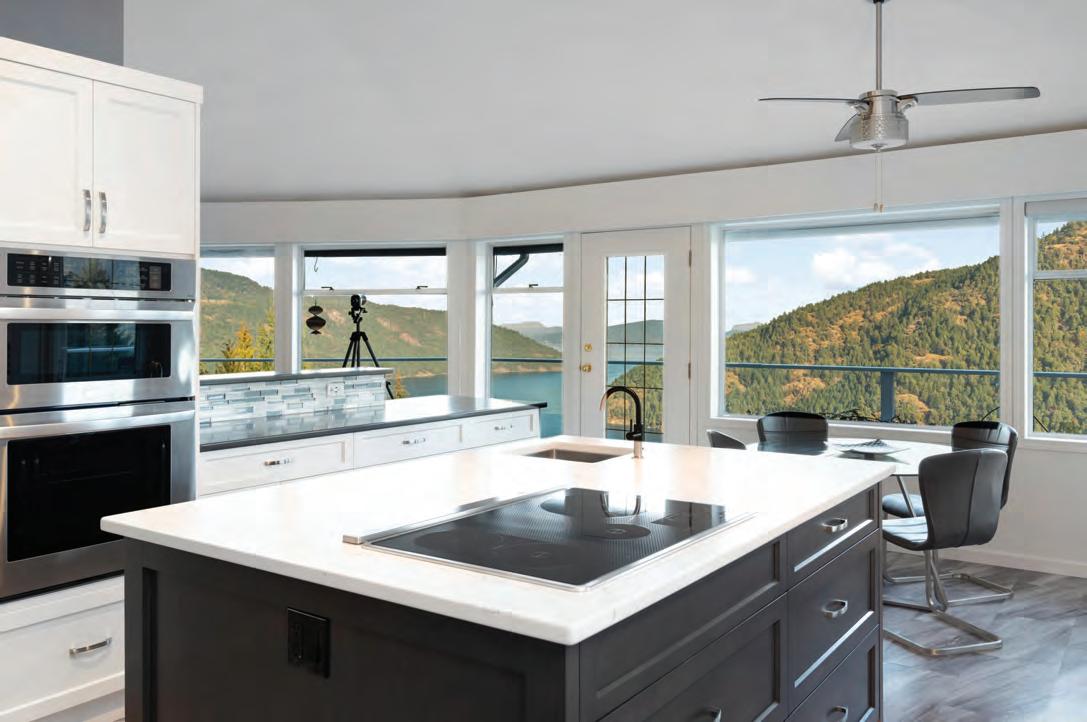
Byron Gallant of B. Gallant Homes was awarded the CHBAVI Lifetime Achievement Award at the 2023 VIBE Awards, in recognition of his outstanding contribution & commitment to the Association and the home building industry since 1996.






Ocean’s Edge - Built By Horizon Pacific Contracting Ltd. Built on a rocky waterfront, these homeowners prioritized connection to the outdoors and multigenerational utility.
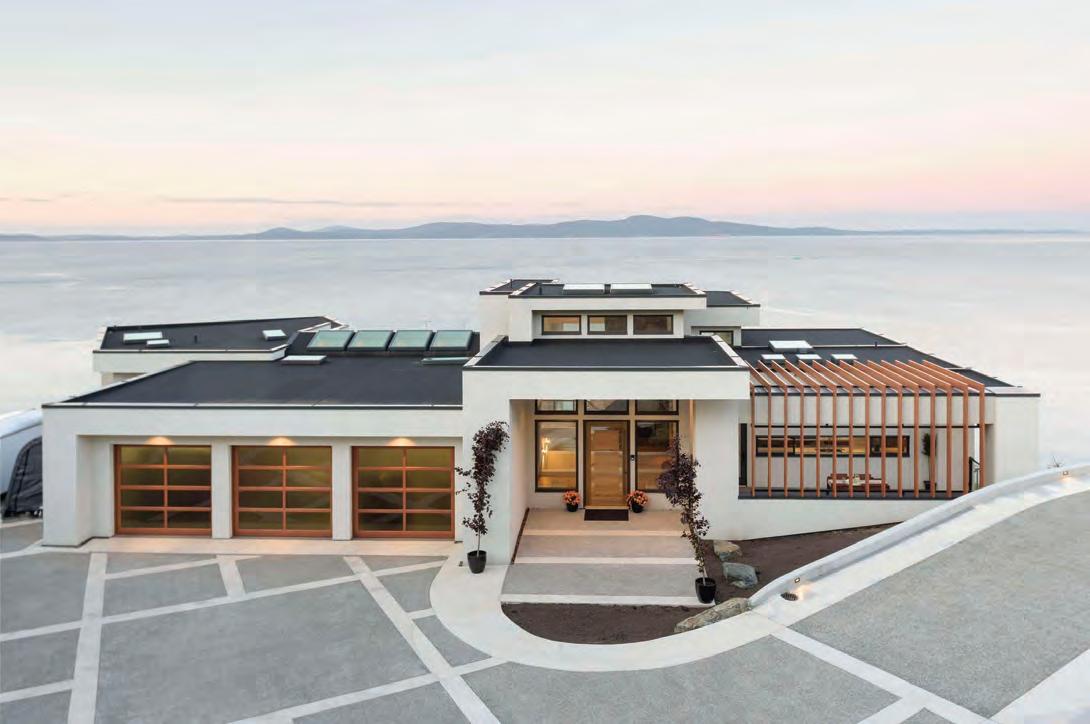 Horizon Pacific Contracting
Horizon Pacific Contracting
Clients desired an airy, luxurious home with ample space. They achieved a classic-modern design blending soft whites, natural woods, oversized features and brass finishes with traditional archways, moldings, plumbing and lighting. Soaring vaulted ceilings and expansive windows illuminate panoramic views, creating an inviting, bright atmosphere.



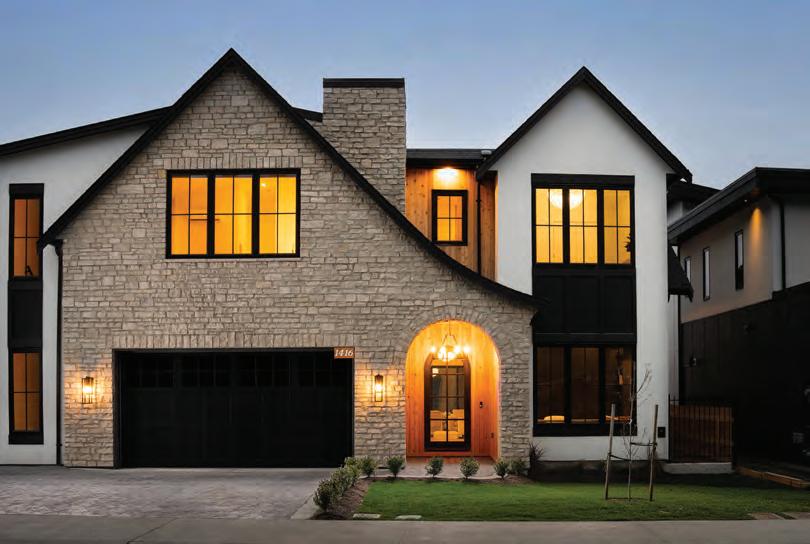
 PHOTOS BY LIA CROWE STYLING BY SARAH D’ARCEY
PHOTOS BY LIA CROWE STYLING BY SARAH D’ARCEY
Like the chaos from a scene in a Renaissance painting, art imitates life as life imitates art. Behind the scenes of a fashion shoot, things can be less than perfect in the pursuit of creating beauty. However, artistry always outshines everything, and the chaos has a beauty of its own. Blanche Macdonald Centre is the nesting ground for all things fashion and beauty and is responsible for nurturing some of Canada’s brightest fashion design talent. With the help of the fashion styling students, we highlight looks from three outstanding fashion design graduates—Rolla Summers, Amy Nunweiler and Daisy Cook—as we celebrate what’s happening in fashion right here in our own backyard.
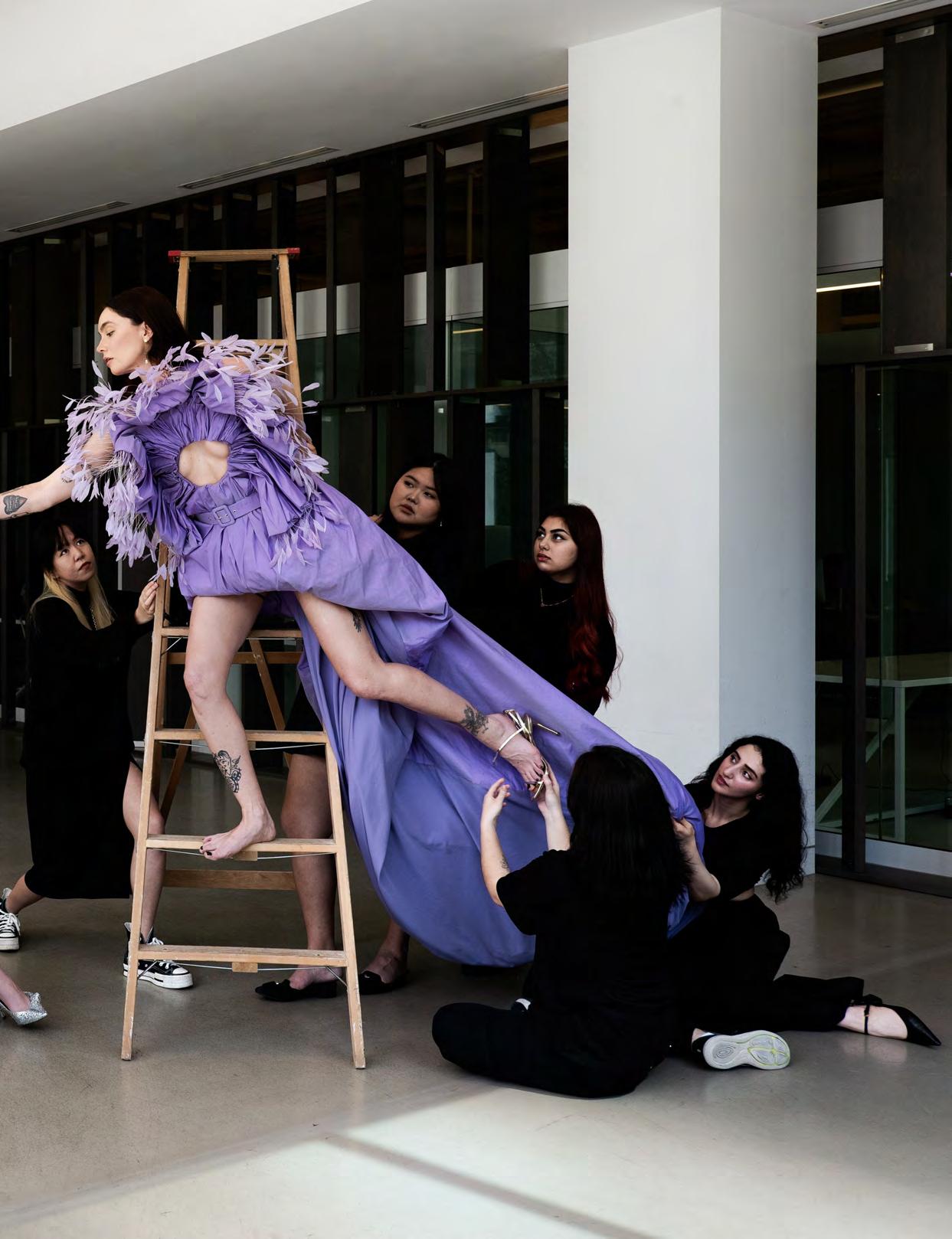 On model: gown by Rolla Summers; shoes, Miu Miu from Turnabout Luxury Resale.
On Sarah (left): dress, stylist’s own; shoes, Isabel Marant from Turnabout Luxury Resale.
On model: gown by Rolla Summers; shoes, Miu Miu from Turnabout Luxury Resale.
On Sarah (left): dress, stylist’s own; shoes, Isabel Marant from Turnabout Luxury Resale.

 On model: jacket, pant an chaps by Amy Nunweiler; shoes, Mach & Mach from Turnabout Luxury Resale.
On rolling rack: butterfly gown by Rolla Summers.
On model: jacket, pant an chaps by Amy Nunweiler; shoes, Mach & Mach from Turnabout Luxury Resale.
On rolling rack: butterfly gown by Rolla Summers.

 Makeup and hair by Ksenia Ogolikhina. Model Hailey Poole.
Styling students: Tejal Anand, Sydney Winnicky-Hussey, Eurica Cuizon, Falak Kashyap, Ellison Nyback, Jay Carrillo, Klauris Wang, Hani Le Hoai, Nikki Mall, Carola Vidal Garza, Zohreh Rohi. Photographed on location at Blanche Macdonald Centre’s atelier campus. A huge thank you to the school for hosting our fashion team for the day.
On model: jacket, bikini top, pant and bag by Daisy Cook; shoes, Manolo Blahnik from Turnabout Luxury Resale. Pink tulle gown, Chynna Mamawal Atelier.
Makeup and hair by Ksenia Ogolikhina. Model Hailey Poole.
Styling students: Tejal Anand, Sydney Winnicky-Hussey, Eurica Cuizon, Falak Kashyap, Ellison Nyback, Jay Carrillo, Klauris Wang, Hani Le Hoai, Nikki Mall, Carola Vidal Garza, Zohreh Rohi. Photographed on location at Blanche Macdonald Centre’s atelier campus. A huge thank you to the school for hosting our fashion team for the day.
On model: jacket, bikini top, pant and bag by Daisy Cook; shoes, Manolo Blahnik from Turnabout Luxury Resale. Pink tulle gown, Chynna Mamawal Atelier.
Chris Rothery of Chester Fields

hris Rothery’s passion for furniture and design dates back to when he was still in high school.
“It might have started in shop class!” says the 45-year-old owner of Chester Fields, a high-end furniture store in Victoria and now Nanaimo, with a laugh. “I became interested in furniture in my late teens and I like doing something with my hands. I appreciate quality and I appreciate other people creating things that are beautiful and interesting and quality, so I’ve always wanted to be a part of that.”
After graduating from Camosun College’s fine furniture program, Chris spent a few years making furniture for different companies before starting his own custom furniture business, making dining tables, chairs, free-standing cabinets and other pieces out of a little workshop in Rock Bay.
“I then opened up a little gallery in Dragon Alley [where he was living at the time] and eventually, we moved out of there to a slightly larger place, and then another slightly larger place, and then another slightly larger place,” Chris explains. “I didn’t have much business experience, so I was just kind of winging it, but with just a lot of passion and care and love for design and interiors.”
The next progression for Chris was to move more into a retail direction, after he found his passion for creating furniture waning.
“I found that it was difficult to do it as a job and still love it,” he explains. “I was just trying to get by, and I felt very compromised making furniture. But I enjoy talking about furniture, and I enjoy interacting with people about it, so the retail aspect came from that.”
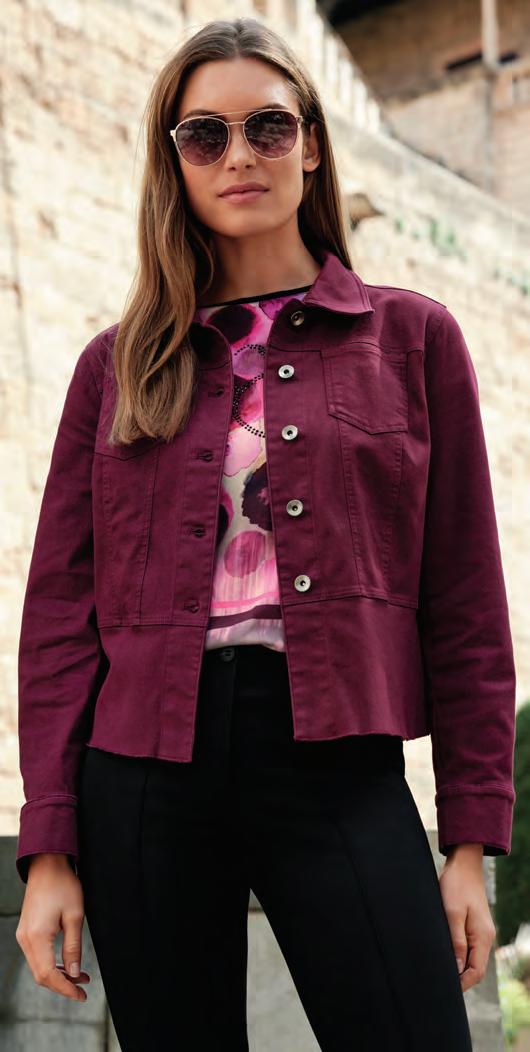
That store, Only Human Modern Furniture, would also teach Chris the toughest lesson of this entrepreneurial evolution. After a couple of hard years, he was forced to close the store in 2014.
“I was in way over my head and I think I let my passion interest rule everything, when really I needed to balance that out with a successful business,” Chris admits, saying it was the biggest mistake of his career.
“That was a very painful mistake at the time and the failure was excruciating. But in retrospect, it’s what got me to where I am now, which is a place where I feel comfortable, and I feel good and confident about what I’m doing. All the things that I’ve been picking up were worth something and they got put back into a package that is Chester Fields.”


“We have a really unique offering in that what we sell here, with a couple of small exceptions, isn’t sold anywhere else in town, and probably 80 per cent of what’s in our showroom is designed by Canadians, which is a point of pride for me.”
Chris also decided to partner with Ross Taylor and Amber Leask, who had a lot more business experience, when Chester Fields launched in Victoria more than nine years ago, offering modern, high-quality, and mostly Canadian-designed furniture and lightning.

“We have a really unique offering in that what we sell here, with a couple of small exceptions, isn’t sold anywhere else in town, and probably 80 per cent of what’s in our showroom is designed by Canadians, which is a point of pride for me,” he says. “We’ve always been purveyors of things that are sort of on the cutting edge in terms of design.”
With people driving from all over Vancouver Island—from Campbell River and the Comox Valley to Port Alberni, Nanaimo and the Cowichan Valley—to visit the Victoria store, Chester Fields opened the Nanaimo location in May, and Chris says the response from the Central Island market has been great.
“We get a lot of people walking in and they say things like: ‘Finally, there’s something like this!’ and ‘I’m so glad you’re here!’ and ‘Nanaimo needs something like this!’ So, it’s been very positive. And then there’s lots of people who are just seeing this kind of stuff for the first time.”
For Chris, who recently completed a Bachelor of Commerce in Entrepreneurial Management at Royal Roads University, the biggest lesson in his small business career has been that you can’t be everything to everyone.
“You have to kind of stick to what you’re very good at and push that, and roll with it, and really go for it,” he advises. “Defining what we are—and what we’re bringing to the consumer—has been really important, so that we aren’t chasing something new all the time. We’re doing what we’re really good at.”
Chris says this all stems from the best advice he’s ever been given, which is to really understand your customer’s needs, and then be very good at satisfying that need.
“You really need to ask people what they want,” Chris says. “Don’t presume you know! Just because you think you have a good business idea, doesn’t mean it will work. Ask and make sure, and you’ll probably find you might be wrong or you can tweak something and really hit it out of the park.”
Chris says he did that a lot before opening the Nanaimo store, joking that any chance he got to talk to someone moderately interested in modern furniture north of the Malahat turned into a mini market-research session.
“There’s lots of research you can do without a budget and those answers are very valuable,” Chris explains. “They can make you a success and save you a lot of pain.”
With constant challenges from online competitors and more manufacturers moving toward a direct-to-consumer model, knowing your market is more important than ever in such a competitive landscape. Chris says having a physical showroom where people can actually sit on and feel things also helps.
“It’s a lot easier to buy a pair of shoes online than to buy a sofa,” he says with a laugh.
As for the career and successful business he’s crafted after many design iterations?
“It’s been a bit of a long winding road to get to this point and my advice to other entrepreneurs is to expect that things won’t be a straight line,” Chris says. “Be comfortable with uncertainty but at the same time, don’t be reckless.”
Retirement should be one of the most enjoyable times in life, yet many people are financially unprepared for it. It doesn’t have to be that way. By listening to your needs, I can prepare a financial plan designed to help you enjoy retirement.
250-940-7321
Jon.helm@raymondjames.ca
Please contact me for a complimentary review. LIFE WELL PLANNED.
Retirement should be one of the most enjoyable times in life, yet many people are financially unprepared for it. It doesn’t have to be that way. By listening to your needs, I can prepare a financial plan designed to help you enjoy retirement.

Please contact me for a complimentary review.
LIFE WELL PLANNED.
JON HELM, CFP®, CIM, FCSI Senior Wealth Advisor Raymond James Ltd. 359 Cook St, Victoria BC V8V3X8


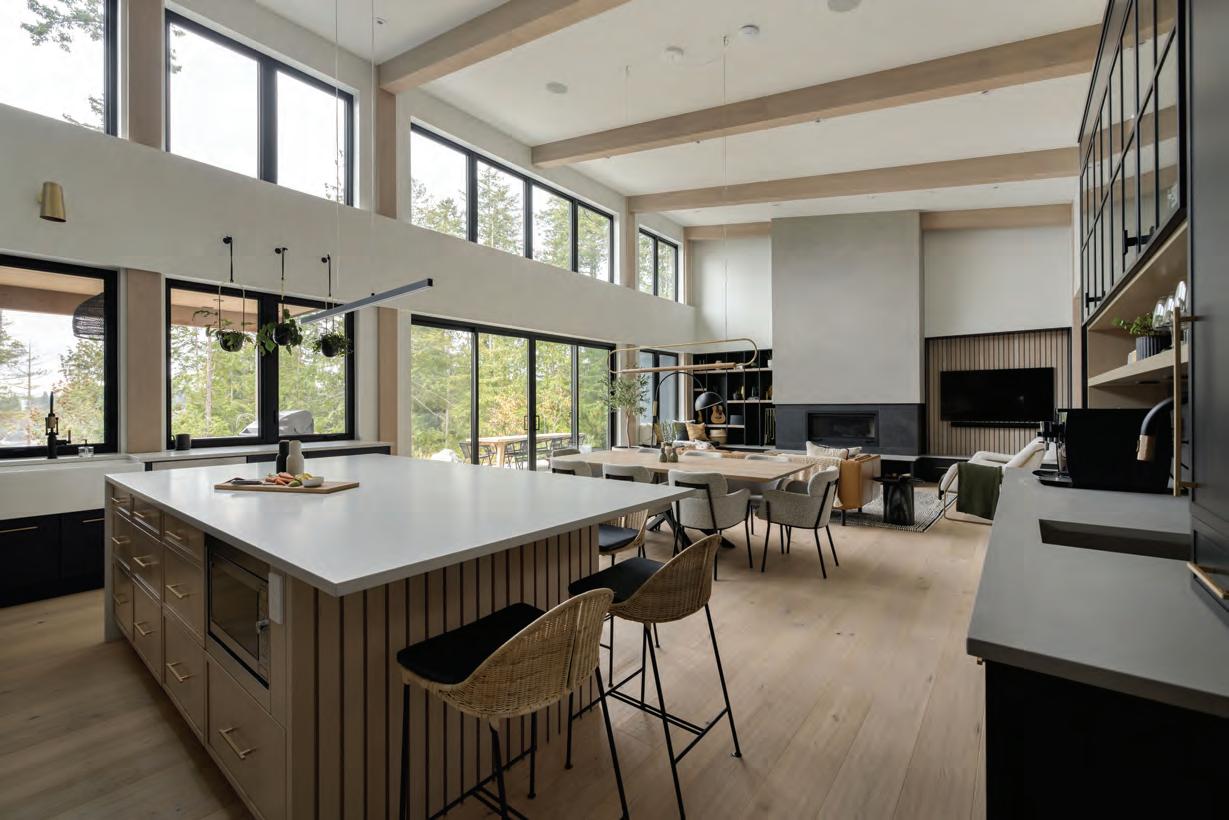

 WORDS LAURA GOLDSTEIN X PHOTOGRAPHY LIA CROWE
WORDS LAURA GOLDSTEIN X PHOTOGRAPHY LIA CROWE
hen the owners of upscale Victoria consignment fashion boutique House of Savoy filled their storefront window with mounds of used clothing on a recent Earth Day, it wasn’t a ploy for new business.
Rather, it was a not-so-subtle wake-up call for people to rethink tossing away clothing that will end up in a landfill. According to a study carried out by the University of Waterloo in 2023, Canadians dump close to a staggering 500 million kilograms (500,000 tons) of fabric clothing and shoes a year, many of which could be repaired, upcycled or consigned for reuse.
Enter the slow-fashion movement. While fast fashion is characterized by lower-quality, low-priced, mass-produced and machine-made garments, slow-fashion clothing is often handmade, better quality and higher priced; consumers pay more for quality items that last longer.
Other solutions to combat overconsumption and overproduction in the fashion industry include repurposing clothing in vintage and used-clothing stores, and using visible mending techniques to lengthen items’ lives.
Buying repurposed clothing initially started after the First World War, at a time when people had to recycle their clothes due to fabric shortages. How things have changed! But now, with the advent of slow-fashion awareness, people are questioning how clothing and textiles are made, as well as their environmental impacts.
“It’s trendy to buy vintage and consignment today, but we really saw an increase after COVID,” says Émilie Hamel, co-owner of House of Savoy, which is celebrating its 45th anniversary this year. “People wanted to make a bit of extra money and, in many cases, didn’t want to spend a lot for a work-at-home lifestyle.”
“And by consigning clothes, it’s kind of like an exchange: bring something in you’re not wearing anymore, and you get something in return,” adds co-owner Zenija Esmits. “And, when searching for vintage and antique pieces, people are looking for quality and so it’s also an investment.”
Demographics and social media have also changed fashion dictates for what women and men wear today.



“When we were growing up, we might have been influenced by a particular trend or celebrity. But today, young people know about the environment and are more concerned than our generation about where clothing comes from,” Émilie says. “Teens are very into original vintage ‘90s clothing probably made in the US at that time. We’ve had clients as young as 12 years old coming in with their parents to re-sell on consignment. Teens looking for vintage prom dresses is also very popular. We try to keep prices reasonable, and we have a big following of collectors outside of Victoria,” she adds.
With the booming film and television industry in BC, House of Savoy also attracts costumers and scouts for magazine fashion layouts.
On yearly buying trips to Paris and London, the intrepid pair scour thrift stores, charity shops and outdoor antique markets known as brocantes to discover one-of-a-kind treasures that may include Chanel and DIOR for their clients.
“thoughtful and fun repairs and embellishments on items.”
Leaving a gift for the future can help more families achieve the strength and stability needed to create better health, financial and educational outcomes. Your gift represents a hand-up that is repaid by stronger, more engaged citizens who in turn give back to the community in which they live. Our Giving Team would be honoured to support you as you explore gift planning options. All enquiries are kept strictly confidential. Please email at giving@habitatvictoria.com



your old jeans and jean jackets with embroidery and colourful patches. The idiom “everything old is new again” rings true today more than ever with this growing craft.
“Visible mending is a slow-fashion art form that has its roots in Japanese sashiko, in which colourful embroidery is meant to highlight rips and tears, not cover them up,” explains Amy Walker, who teaches workshops in upcycling clothing with visible mending in Vancouver. Tiny stitches in swirling patterns and contrasting colours emblazon an up-cycled summer dress of Amy’s; her old coverall takes on a new life with the addition of vibrantly patterned patching, and holes in socks are treated to painterly multi-hued darning stitches.
Walker’s Experimending workshop at Vancouver’s Museum of Anthropology (MOA) attracted over 30 hands-on participants of all ages, who each brought a previously worn piece of clothing to embellish. The class was followed by discussions on the historical role of visible mending practiced for centuries by mostly women in almost all cultures.
“If you love a piece of clothing but there’s a tear, no need to toss it out—just get creative and personalize it because it tells a story about you.”
Luxury brands and slow-fashion sustainability awareness don’t have to be mutually exclusive. However, sustainability does need to start from the top with fashion brands taking responsibility directly for sourcing fabrics and manufacturing their garments that in the long run will remain durable.


Senior apparel and textile sustainability strategist Myriam Laroche has carved out a niche career for herself as one of Canada’s most passionate supporters of sustainability and repurposing awareness in the fashion industry. The trailblazer was responsible for bringing 2017’s Eco Fashion Week to Vancouver, where she lived for 11 years. Now back in Quebec City, she recently launched her new agency Collective Détour that assists fashion brands in creating more sustainable futures.
“One of the ideas I worked on for national retailer Simons involved a discussion for a repurposing ‘take-back’ program, but frankly I think
each brand should be responsible for its own product recycling with a section on their websites to do so. Value Village has been a client of mine for 12 years and they actually pay not-for-profits by the pound for their clothes. That’s the investment they make to ensure that clothing and textiles don’t end up in a landfill,” says Myriam, also noting that the thrift store icon has opened Value Village Boutique on South Granville in Vancouver; it features two floors of repurposed designer and vintage fashions purchased through Big Brothers Big Sisters of Canada.
Slow fashion is also being embraced by Canadian designers like Vancouver-based Jason Matlo and Evan Ducharme, “who concentrate on creating smaller bespoke collections in response to fast fashion,” Myriam says.


International awareness to cut textile waste is gaining traction. France is introducing discounts for repurposing clothing to customers through subsidies to tailors, clothing brands and repair shops who join the free eco-initiative, Refashion. And as the slow-fashion movement gains traction, creative ideas are also gaining momentum. Imagine travelling to Japan without a suitcase, travelling in just the clothes you are wearing. Japan Airlines offers an innovative fashion option—renting your vacation clothes! Rental of pre-owned and end-of-stock apparel, including cleaning, can be reserved ahead on the website Any Wear, Anywhere, and then delivered to your hotel. Undergoing a one-year trial, the airline hopes rentals will cut down on carbon emissions from aircraft by reducing the weight of luggage and increase sustainable tourism.
The fashion is “slow,” but the ideas are coming in fast.

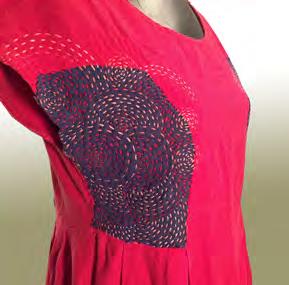
Buying repurposed clothing initially started after the First World War, at a time when people had to recycle their clothes due to fabric shortages.Dress panel. Mended coveralls.

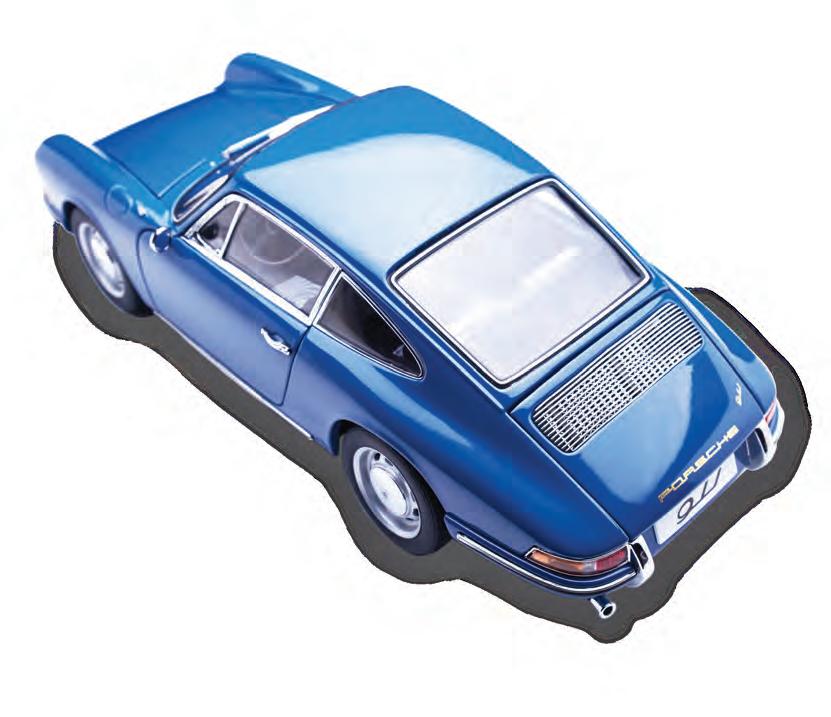

Pender Island, BC $20,000,000

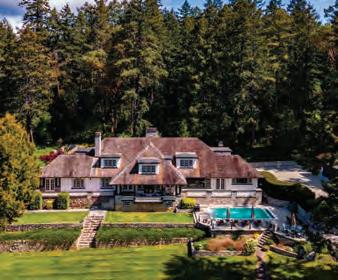

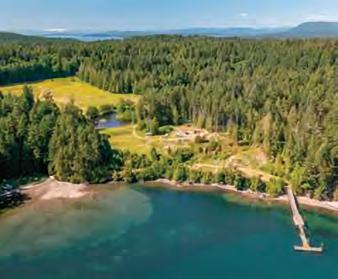
Clam Bay Vineyard & Farm offers an incredible opportunity to own a piece of paradise. On the waterfront on Pender Island, this spectacular 105 acre property offers resort-style living, with turn key amenities in place, including a deep water dock, a farm & vineyard. This hidden jewel features multiple lodges for guests and staff, including the new Point House, a 7,000 sq ft architectural beauty perched on a panoramic point overlooking the coastline.
Victoria, BC $14,900,000
The setting at Ocean Enclave between the sculptured gardens and the sparkling sea, transmits a sense of peace & tranquility. Oceanfront property encompasses 6.8 acres and captivates at every glance. Exquisite custom built home and guest cottage are a masterful work of West Coast Architecture. This expansive property offers resort-style living year round, including multiple oceanfront patios, a 60 foot dock, helicopter pad, walking trails, gardens and spectacular sunsets year round.
Victoria, BC $13,995,000
Masterpiece of architecture! Waterfront estate on 5+ acres. Nearly 10,000 sq ft of breathtaking living space, with sweeping water views from all principle rooms. Exceptional outdoor living including a swimming pool, lots of patio spaces, trails & gardens and separate 2 bedroom caretaker/guest cottage. Explore the surrounding waters from your yacht, with the convenience of a boathouse with a mechanized marine way.
Oak Bay, BC $7,999,000


‘Muir Haven’, a refuge by the sea! Sweeping water & mountain views from this architectural gem in Oak Bay. Panoramic water views from all principal rooms. With over 14,000 sq ft of designer living space, 5 beds, 10 baths, and a separate guest suite, there is ample room for friends and family to enjoy this stunning property. True resort style living, with a rec room, billiards room, movie theatre, gym, sauna and an outdoor pool, extensive patios, and beach access.
Victoria, BC $7,900,000
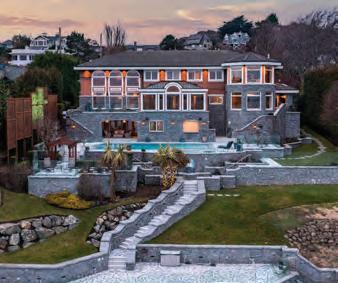
Exquisite custom-built estate in the desirable Gordon Head community. Perched on the ocean’s edge, this architecturally stunning home was designed to capitalize on the world class ocean and mountain views. With dramatic vaulted ceilings, gleaming hardwood floors, spacious open concept design and a gorgeous custom kitchen, this 5 bedroom, 7 bathroom property captivates at every glance. Outdoor living can be enjoyed year round with sprawling patio sections, including covered and oceanfront sections, a breathtaking infinity pool and extensive landscaping.
Victoria, BC $4,350,000
The moment you enter the gates of this Saanich Peninsula waterfront acreage, panoramic views of the Cordova Straits greet you. This oceanfront estate rests beautifully amongst tastefully landscaped grounds and expansive waterfront patios. Featuring stunning ocean views from virtually every room, this sprawling 5,000+ sq ft home ofers 6 bedrooms, 5 baths, incredible interior/exterior spaces perfect for entertaining, a 4 car garage & separate studio suite.
Oak Bay, BC $3,199,000
Attractive family home, extensively modernized yet retaining traditional features including good sized rooms & floor plan. Set in prestigious Uplands, Oak Bay, on a private S facing ½ acre lot. This 4 bed, 3 bath home, offers spacious rooms for entertaining friends and family, and stunning patios overlooking the park-like yard with mature planting and large lawn. A true Oak Bay gem!
Sooke, BC $2,750,000
Stunning Oceanside estate on a 1 acre lot, offering complete peace and privacy! Extensive garden beds, patios and deep water doc k make for the perfect West Coast retreat. Interior is flooded with natural light from large picture windows framing tranquil ocean & mountain views. This 5 bed, 3 bath home features a gourmet kitchen, living and dining rooms with patio access and a hot tub on a private deck off the primary bedroom. Sooke living at its finest!
Sidney, BC $2,489,000
Stunning Ocean View Executive Suite in the highly desirable & award winning The Pier, in Sidney. This spacious 3 bed, 3 bath condo offers a designer interior, flooded with natural light. Large picture windows frame marina and seascape views from all principal rooms. High-end finishes, upscale appliances and plenty of room encourages entertaining with friends and family. Outside, a sun soaked balcony is covered for year round enjoyment.
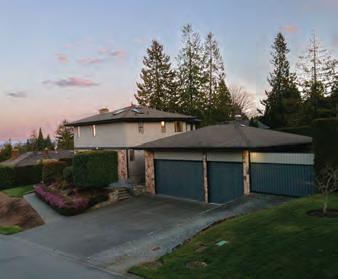
North Saanich, BC $2,190,000
Stunning 4 bedroom NS Estate, masterfully renovated, with a 1,400 sq ft guest suite. Situated in Dean Park on a quiet cul-de-sac. Designer interior capitalizes on the breathtaking ocean & mountain views from all primary rooms. Main floor offers open plan living & is flooded with natural light. Gourmet kitchen well appointed, large dining & family room perfect for entertaining. Outside, is beautifully landscaped featuring a massive ocean view deck.
Oak Bay, BC $2,150,000

Private Oak Bay oasis! Steps from the ocean & prestigious Victoria Golf Club, this exceptional property is situated in one of Victoria’s most desirable communities far back from the street. This impressive 3,000+ sq ft, 4 bedroom estate boasts a functional layout with plenty of natural light. Outside, mature trees provide an easy care secluded sanctuary with wrap around balcony. Prime location with privileged amenities nearby.
Deep Cove, BC $1,995,000



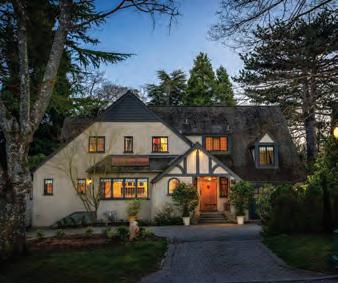
Architectural masterpiece with a West Coast design in Deep Cove. Set on a quiet cul-de-sac, only steps from the ocean, surrounded by mature trees ensuring complete privacy. Nestled in the acreages & estates of Towner Park, this is an exceptional 4 bed, 4 bath rancher style home. Above the detached garage there is a bedroom & 2pc bath, ideal for guests. Enviable outdoor living space with multiple patio areas, manicured gardens throughout and a stunning courtyard.


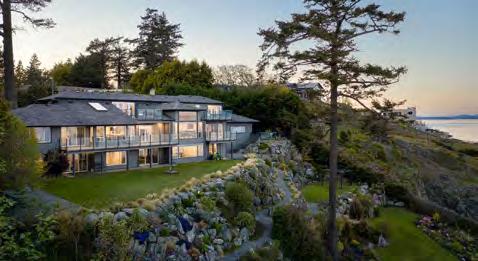




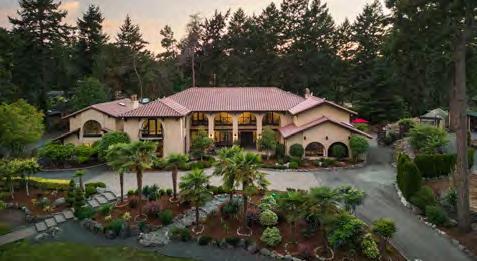




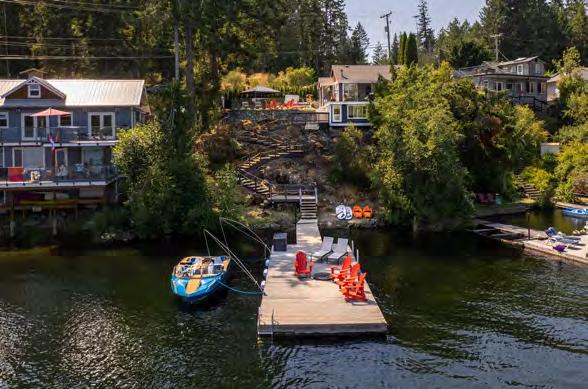
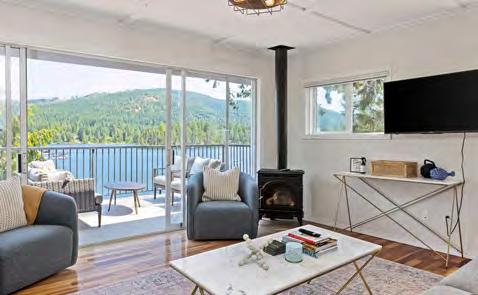
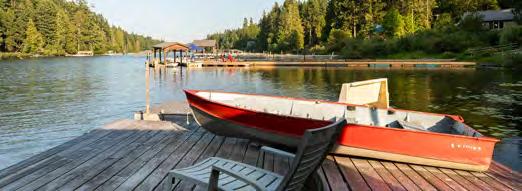
Elegant & impressive 4 bed/4 bth home in the heart of the Uplands ‘like-new’ inside with tons of character, warmth and charm, on a sunny and private west-facing back yard!
Gorgeous custom home across from Uplands Park – luxurious main level Primary suite, 5 baths & flexible 3-4 bedrm design options. Sunny & private indoor/outdoor living!
Exquisitely upgraded throughout, this incredibly special 4-5 bedrm/ 4 bath South Oak Bay home is sited on a gorgeous, private double lot overlooking the Victoria Golf Club!



COMING SOON
Fully renovated 3 bed/3 bth country hm w/main level Primary suite, quiet, private, sun-drenched 1.42 ac property w/ocean glimpses… PLUS self-contained 1 bedrm cottage!


With over 30 years of experience, Lisa Williams has earned her position as one of the top realtors in Victoria through her genuine care and attention, market expertise, adaptive marketing strategies, and above all, a mastery of the art of negotiation.

Whether she’s selling your home for a record-setting price, or negotiating an exceptional deal for your next dream home, she does so with passion and integrity, and by working harder and smarter than others: ‘Your success is my success’.
250-514-1966

2485

Pristine & private, 12-acres on the salmon spawning Koksilah river. Spectacular old growth trees define this remarkable property which has been nurtured & cared for by its current custodians. It offers a tastefully updated character home, separate 2-bedroom cottage, luxury barn with 4 stalls & established vegetable gardens.

5,166 sq.ft. 1912 heritage home gracefully modernized with a gorgeous self-contained 2-bedroom suite on the lower level.








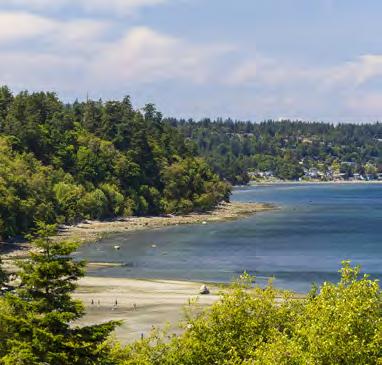


DISCOVER THE WORLD’S MOST DESIRED LUXURY HOMES IN VICTORIA, BC

Embracing an international perspective with a personal touch, our boutique real estate services redefine luxury living. With unwavering dedication, we bring the depth of expertise and excellence that is characteristic of everything that we do. Let us guide you to your dream home and experience a lifestyle beyond compare.


 454 NEWPORT AVENUE | $3,450,000 Character in South Oak Bay
Sylvia Therrien
454 NEWPORT AVENUE | $3,450,000 Character in South Oak Bay
Sylvia Therrien
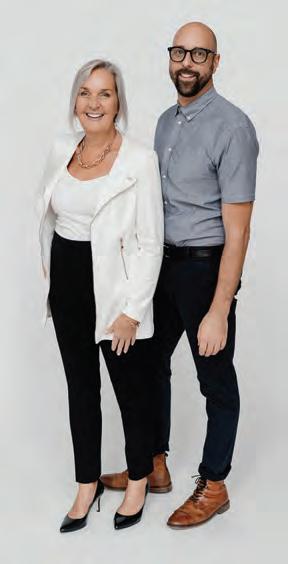
4

King of the hill! Located at the end of a no thru street, this private, legal nonconforming up/down duplex sits atop Peacock Hill with wonderful mountain,city and distant oceanviews. This home is full of potential, inside and out, and does not have any tenancies in place! Upstairs is a bright, well laid out 2 bed 1 bath unit with open kitchen/living area and hard wood floors. A spacious living room, with opening skylight, has access to a SW facing 200sqft deck. Bring your design ideas to the main level with 2 beds including a full bathroom & 2 piece ensuite. Original wood floors throughout are in good condition. The large & cozy living/dining room takes you to a bright 200sqft solarium.

2 Bedroom, 2 bathroom Condo at Shoal Point
SW facing, courtyard level, LIVE/WORK condo w/ocean views in prestigious Shoal Point.This lovely unit is move in ready and features Beautiful Brazilian Cherry wood floors through with tile in the bathrooms. Spacious updated ensuite has a large tiled shower, double sinks, and heated floors. Two entrances from the patio areas which is ideal for a client-based home business and small dog owners. Enjoy the many amenities such as a 25m lap pool, gym,sauna, steam, whirlpool, workshop, bike & kayak storage, putting green, & concierge.


Welcome to the Belvedere in the heart of Downtown Victoria! This spacious corner unit has Teak hardwood floors throughout, granite countertops, and a fresh coat of paint on all walls, trim, doors, and ceilings. Enter into the formal entrance, with ample closet space, and into the open concept kitchen to the living room. Kitchen has a large island with bar seating, and an eating nook beside floor to ceiling windows. The spacious living room has windows on two walls, balcony access, and an electric fireplace. The spacious primary bedroom has a second balcony, walkthrough closet, and ensuite with soaker tub and separate shower. Second bedroom is nicely sized with two large closets. Bldg amenities include exercise room, bike storage, storage lockers, and a common room with kitchenette, tv, and pool table. This won’t last long!
www.kristavmarkg.ca


2249 Oak Bay Avenue, Victoria, BC V8R 1G4 • Office +1 778-433-8885
Krista V and Mark G are a mother-son team with a combined total of 17 years experience advising in the buying and selling of real estate in the Capital Region District. Krista and Mark pride themselves on their outstanding customer service and client communication, providing the highest standard of service to their clients regardless of price point. Every listing is treated with premium services, high quality photography, video or 3D tour, and and high quality glossy brochures. The goal of the team is to put every listing in the best possible light to get as many buyers through the home as possible, living in a digital world the online presence of listings is so important to make a lasting first impression on buyers.
Krista Voitchovsky, Real Estate Advisor 250-888-3256 | krista@kristav.ca Mark Gutknecht, Real Estate Advisor 250-880-1000 | mark.gutknecht@engelvoelkers.com 3190/3192 Mars St., Victoria/Mayfair $1,399,000 Bedroom, 3 Bathroom Duplex

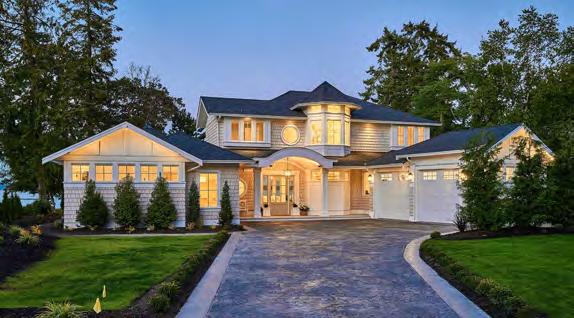

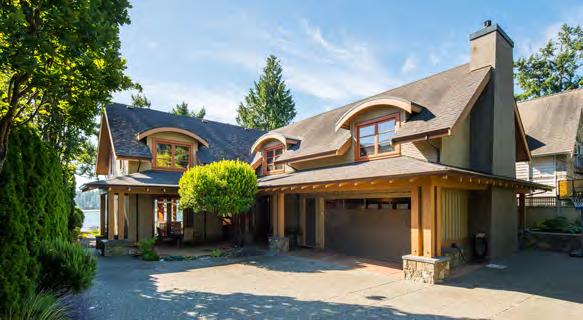






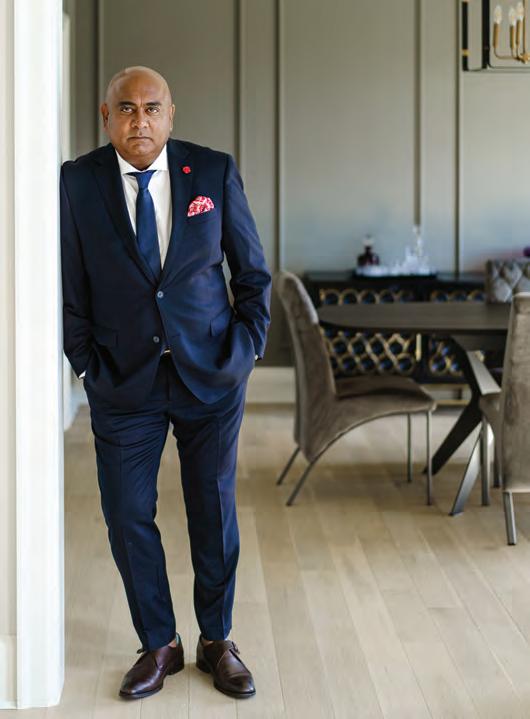








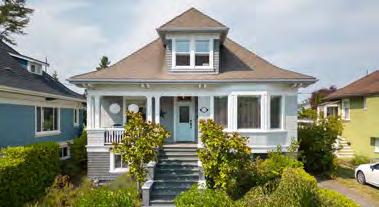
from a slow-food lifestyle

in 2020 the world slowed down. It was a forced slowing down with heartbreak and consequences, but for some individuals, communities and even industries, there were profound lessons learned.
Certain folks found these lessons in their kitchens and gardens. With grocery shortages and restaurant shutdowns, many took togrowing their own produce and making their own meals. For the first time in a long time people had…time…and were increasingly drawn to cook methods that took up that time.

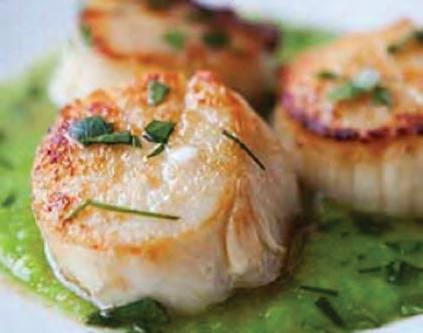
Ingredients:
12 Qualicum Bay Scallops
2 Tbsp Olive Oil
½ Tsp Sea Salt

2 cups fresh or frozen Asparagus–chopped
¼ cup White Wine
½ cup Heavy Cream
4 cloves Garlic - sliced
2 Tbsp Fresh Parsley - chopped
Cracked Black Pepper
Check our website for more great seafood recipes
Directions: Remove the abductor muscle from the Scallops (small hard piece along the edge) by sliding a small paring knife or your fingers under the edge and gently pulling it away. Sprinkle the scallops with sea salt, and then set them aside while you make the asparagus purée. Bring a pot of salted water to a boil and toss in the garlic and asparagus. Cook until tender, about 2 min.
Strain the asparagus and garlic, and then immediately submerge them into ice water, to keep the colour dark green and to halt the cooking process. Blend together the white wine, heavy cream, parsley and cooked asparagus and garlic using a high setting on your blender until the mixture is smooth. Heat a large skillet to high - skillet is ready when a drop of water sizzles and spits when added to the pan. Add olive oil to the hot skillet, and then gently place each Scallop into the pan. Allow scallops to sear for about 2 minutes, do not move it around, it will be easier to remove once it has developed it’s golden brown crust. Gently turn each Scallop over and sear for another minute.
Serve on top of the asparagus purée and add sprinkled parsley and cracked black pepper. Enjoy!
An oft-joked-about example of this was the sourdough spectacle, whereby novice cooks throughout the world became expert bakers, perfecting and comparing fermentation tips and bread-making tricks. Not only did this process require time, patience and a bit of an attachment to one’s abode to execute properly (it takes about 24 hours of feeding, folding, fermenting and forming, before actually popping the dough in the oven), but there was also a sense of connection and community that accompanied the exchange of pictures, recipes and even starters, as neighbours dropped bubbling jars-of-possibility on each other’s doorsteps.
Of course, the process of naturally fermenting bread didn’t begin in 2020. Sourdough is thought to be the most ancient form of leavened bread and was used throughout the Levant more than 5,000 years ago. In fact, “slow cooking” in general—whereby a dish takes many hours (even days) to cook—is integral to almost all indigenous cultures. Slow smoking, pit roasting and the use of earth ovens have been discovered archaeologically in almost every region of the world where humans have dwelt and is arguably one of the earliest forms of cooking.



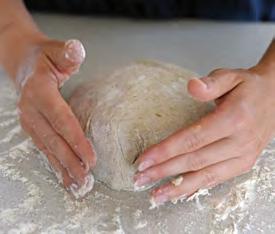
As you might also imagine, growing one’s own food in the closest proximity possible, now perhaps a luxury reserved for those with roomy backyards or spacious patios, was essential to survival. In fact, cultivating, collecting, cooking and consuming wasn’t just a way of life, it was life, and almost every activity and interaction for



much of human existence revolved around these essential skills of survival.

To a great degree, we as a collective society have lost touch with our culinary and cultivating roots. Especially in North America, most store-bought food comes in plastic packaging, is shipped from all over the world, grown in overfarmed, biologically dead and nutrient-devoid soil, picked before peak ripeness, sprayed with all sorts of pesticides and preservatives, and then combined in recipes that boast the shortest prep and cook times. This is not a judgment statement. The demands of modern life for many leave little room (often literally) to grow one’s own produce, visit local farms, and spend hours a day preparing wholesome dinners. Even eating communally is a rare occasion for many; meals are often inhaled while working or watching TV, even while running errands or commuting. Access to time and space is a rare commodity these days, and for far too many, simple access to certain ingredients is impossible, especially in spaces known as “food desserts.”
However, when and where possible, trailblazers have been working hard to rectify this. One in particular is Carlo Petrini, who in 1986 founded Slow Food International in Bra, Italy. As stated on the website (slowfood.com), the goal is to “prevent the disappearance of local food cultures and traditions, counteract the rise of fast life and combat people’s dwindling interest in the food they eat, where it comes from and how our food choices affect the world around us.”
This now global organization has inspired many more communities, groups and individuals to advocate for what is commonly referred to as the slow food movement, recognizing that “through our food choices we can collectively influence how food is cultivated, produced and distributed, and change the world as a result.” While slow-food and other like-minded organizations have thoughtful and meaningful manifestos, outlining key philosophies and providing action steps for international markets, world leaders and changemakers, there are also important and impactful practices for the individual.



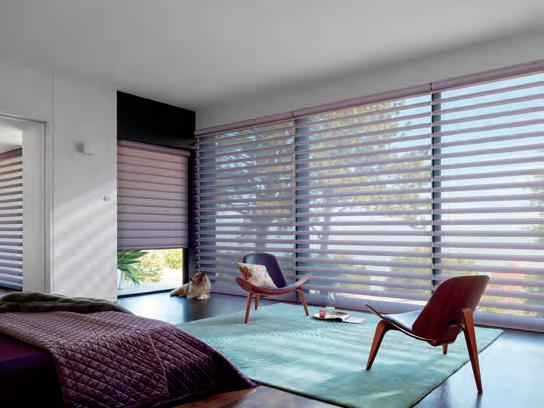
The first step is exploring at-home or community gardening. Not only does this create an immediate connection with, and deeper appreciation for, the food we eat, but from an environmental perspective, it decreases the devastating demands of monocropping and mass farming, significantly reducing the harmful impact of these problematic practices, while simultaneously ensuring more nutrient-dense and delicious ingredients in the kitchen.
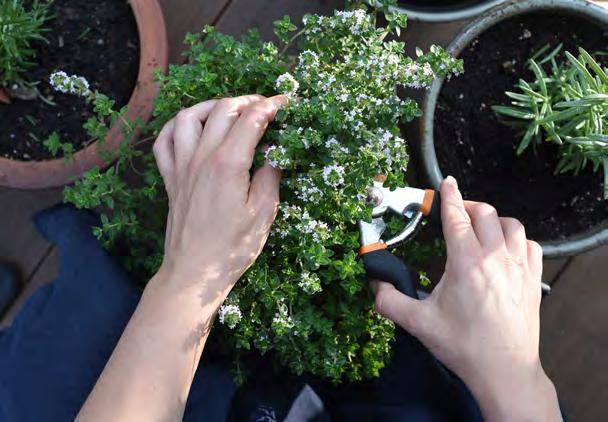
If you’ve ever picked a tomato fresh from a vine or plucked a snap pea soaking in the sunshine, you’ll know exactly what I mean. Nothing compares flavour-wise. Researchers have also seen substantial increases in mental and physical health when research subjects start gardening, as highlighted poignantly in The Well-Gardened Mind by psychiatrist Sue Stuart-Smith.

The next step to reconnecting with our culinary ancestry is by spending more time in the kitchen. If this feels boring, daunting or lonely, you could try listening to a podcast while you prep, inviting friends and neighbours over to make meals together, and getting your family involved, especially young children. Make cooking (and even cleaning up) the activity, not a dreaded means to a rushed end. Another aspect of this essential return is simply slowing down the process of cooking itself. Take a note from our ancestors: turn the heat down low…and even lower. Take it slow…and even slower. Let the flavours mix, meld and develop over sweet time. Savour the process as well as the end goal. Marvel over how a goopy little mess of microbes, with ample care and connection, can over time develop into a moist, crusty, warm and satisfying loaf of love.
While 2020 may feel like a distant memory, there are lessons we can lean into in our once again fast-paced world—perhaps in glorious resistance to our fast-paced world! Dust off those Dutch ovens and casserole dishes. Resurrect your long-forgotten sourdough starter, or better yet, ask around if any friends, family, colleagues or neighbours have a currently active starter that they can pass along. Share recipes, exchange tips, get the conversation about food, flavours, ingredients and methods going again. Get your hands dirty. Make your aprons messy. Marvel at how some little seeds turn into gardens full of delight. Catch a waft of pleasure as you tenderly clip a handful of thyme or sprig of rosemary. Get back in your kitchen. Cook with love. Eat with appreciation. Sink into each bite. Take it slow…and even slower.


Ingredients
100 g sourdough starter (fed and bubbly)
250 g bread flour
200 g rye flour (darker or light rye is fine)
350 g water
25 g honey
10 g fine sea salt
Directions
STEP 1: AUTOLYSE
Weigh out your sourdough starter, water and honey into a large bowl.
Mix them together briefly. Then add your rye flour, bread flour and salt, and mix together with a wooden spoon or spatula (the dough will seem fairly shaggy and only just combined).
Cover your bowl with a damp tea towel and let it sit for one hour, until it’s fully hydrated and more smooth-looking.
Work your way around the bowl, grabbing the dough from the outside, stretching it up and over itself until a rough ball is formed. This will take about 20-25 folds to form the rough “ball” (keep in mind rye flour will make the dough stickier than you’re used to, so the shape might be a bit looser than expected).
Place the tea towel back over the bowl and let the dough rest for about 30 minutes.
Repeat this step for a total of four stretch-and-folds over a two-hour period.
After you’ve completed all your stretch-and-folds, place the tea towel back over your dough and let it rest and ferment.
*Note: the time this takes will depend on the temperature of your home. If your home is warm, then your dough will ferment faster and could be done in as little as a few hours. If it’s colder, it will take longer, possibly overnight. You’re looking for the dough to just about double in size, but not more (that means it’s over-fermented).
Once the first ferment is complete, prepare a banneton or a bowl lined with a dry tea towel (whether using a banneton or lined bowl, make sure it’s not too wide so as to maintain the shape of the dough) and dust it liberally with flour (I use rice flour for this, as that seems to be a common recommendation).
Lightly flour your counter (also with the rice flour) and use a dough scraper to gently ease the dough out of the bowl. Then use a combination of the scraper and your hands (or just your hands) to gently form the dough into a tight round shape. *Note: if you’ve never done this before, I recommend looking up an online video tutorial.
Once the dough is shaped, place it into your banneton or bowl smooth side down, so the seam is on the top.
Cover the banneton or bowl loosely with a tea towel and place into the fridge.


Try to leave it in the fridge for a minimum of five hours up to a maximum of 36 hours.
*Note: A longer cold ferment creates lovely blisters on your crust and a deeper sourdough flavour. It will also help your dough form a bit of a skin, which makes it easier to score.
Once you’re ready to bake your sourdough, you’ll need to preheat your oven to 450 F.
Place your Dutch oven into the oven when you turn it on so it gets hot. Cut a piece of parchment paper big enough to use the edges as a “handle” to lower the dough into your Dutch oven when ready. Leave your dough in the fridge until the last minute (placing this dough cold into a hot oven will give it a better spring). When ready, take your sourdough out of the fridge and carefully place it onto the parchment paper.
Score your bread with a sharp razor blade or knife.
Mindfully take your hot Dutch oven out of the oven, place the dough into the pot using the parchment paper as a handle, smooth out any wrinkles/folds in the paper, put the lid on and place into the hot oven.

Bake for 30 minutes with the lid on at 450 F, and then another 15 minutes or so with the lid off at 410 F (the crust will be quite dark, and when tapped, the loaf will have a bit of a hollow sound).
Remove the Dutch oven from the oven, then remove the sourdough loaf and place it on a wire rack to cool. You’ll need to allow this bread a bit longer to cool due to its higher moisture content (if you try to slice into it too quickly, it might be gummy).
*Note: If you prefer a less crusty loaf, wrap in a tea towel and let it cool under that.
Take a note from our ancestors: turn the heat down low…and even lower. Take it slow…and even slower. Let the flavours mix, meld and develop over sweet time. Savour the process as well as the end goal. Marvel over how a goopy little mess of microbes, with ample care and connection, can over time develop into a moist, crusty, warm and satisfying loaf of love.

Ingredients
Salt and freshly ground black pepper
One 3-pound chuck roast
About ¼ cup olive oil, divided
1 large onion, peeled and roughly sliced
2 large fennel bulbs, trimmed and roughly sliced
4 medium-large carrots, peeled and cut in half longways
4 medium-large parsnips, peeled and cut into quarters longways
4 cloves of garlic, peeled
¼ cup balsamic vinegar



3 cups beef broth
3 sprigs fresh rosemary
3 sprigs fresh thyme
Directions
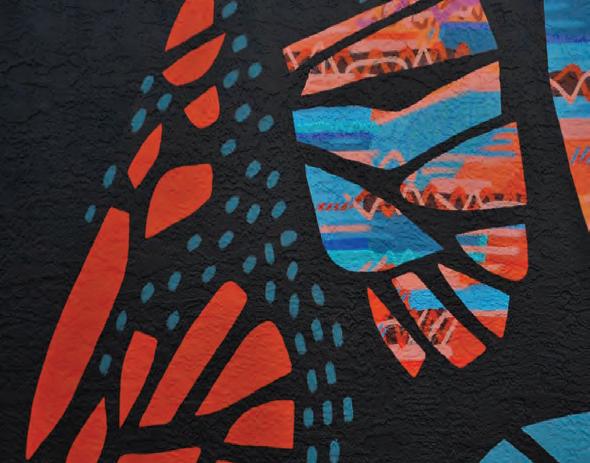
Preheat the oven to 275 F.
Generously salt and pepper the chuck roast.
Heat some olive oil in a large pot or Dutch oven over medium heat. Add the onions to the pot, lightly sautéing them until slightly golden brown before transferring them to a plate.
Add a bit more olive oil and add the carrots and parsnips into the same pot and toss them around until slightly browned, about a minute or so. Place the carrots and parsnips with the onions. Do the same with the fennel and garlic and add to the other reserved veggies.
Once again, add a bit more olive oil and place the meat in the pot and sear it for about a minute on all sides until it is lightly brown all over. Transfer to a plate.
With the burner still on medium, use some beef broth to deglaze the pot, scraping the bottom with a wooden spatula or spoon. Place the roast back into the pot and add enough beef stock to cover the meat halfway. Add in the veggies, garlic and the fresh herbs, and drizzle everything evenly with the balsamic vinegar.
Put the lid on, then roast for three hours for a three-pound roast. The roast is ready when it’s fall-apart tender.
every room in the home. Solid, unique, sustainable and functional.
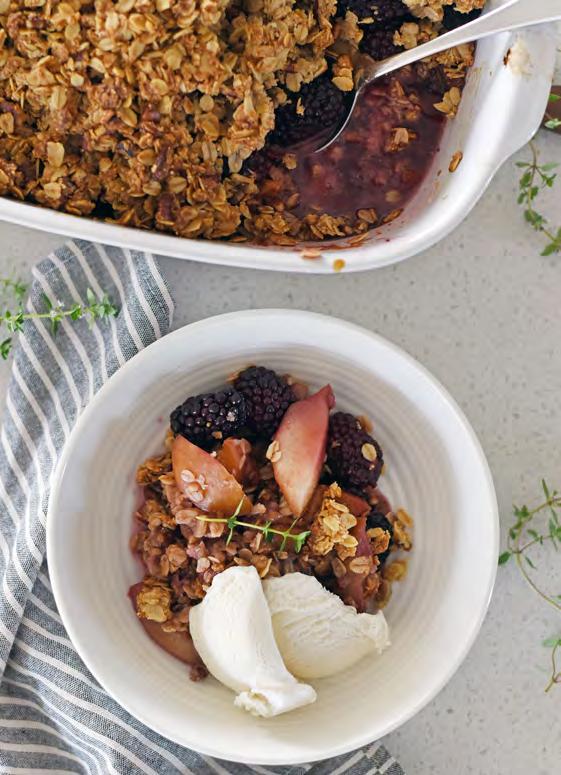
Ingredients
For the base…
4 cups sliced nectarines (you’ll want them to be ripe and juicy)
2 cups fresh or thawed blackberries
Juice of one lemon
2 tbsp honey
1 loose tbsp fresh thyme
For the topping…
1 cup ground almonds
2 cups old-fashioned rolled oats
½ cup chopped raw pecans
1 tsp cinnamon
Directions
Preheat the oven to 275 F.
½ tsp ground ginger

½ tsp sea salt
¼ cup honey
½ cup unsalted butter, melted
In a medium-sized mixing bowl, combine the base ingredients. Transfer to a baking dish (about eight cups or two litres in volume).
In the same mixing bowl, combine the ground almonds, oats, nuts, spices and salt. Then add the honey and butter and stir until well combined. Spread the topping over the fruit.
Bake for 1 to 1.5 hours, until the topping begins to brown and the fruit below is bubbling.
Serve warm with ice cream, whipped cream or simply on its own!
*Note: If you notice that the top is cooking a tad too fast and over-browning before the fruit is bubbling, take it out, cover your baking dish with tinfoil and pop it back into the oven.
Our new state-of-the-art IVF clinic, now open in Victoria’s James Bay Capital Park, offers Vancouver Island patients world-class fertility care close to home.
MD FRCSCWe provide comprehensive fertility care for those with primary or secondary infertility, LGBTQ2SIA+ persons, donor sperm, donor egg, surrogacy, egg freezing and beyond

Dr. Ginevra Mills MD FRCSC, GREI is a Reproductive Endocrinology and Infertility Specialist at Olive Fertility Centre Victoria. She is also Assistant Professor in the Department of Obstetrics and Gynecology at UBC. Women are feeling and looking younger than ever! But no matter how good we look and feel for our age, 40 is not the new 30 when it comes to fertility.
Egg freezing is a process that allows women to preserve their eggs in order to delay having children until later in life. Here’s what you need to know!
Egg freezing involves collecting your eggs and freezing them for future use. First, you’ll receive hormone injections to stimulate your ovaries to produce more eggs. Then, the eggs are retrieved through a minor surgical procedure, and flash frozen using specialized techniques. When you ready they can then be thawed, fertilized, and transferred back into your uterus for a pregnancy.
Whether you are focusing on your career, finishing school, haven’t found the right partner yet, or have medical issues, freezing your eggs allows you to keep your options open until you’re ready to start a family.
While egg freezing increases your chances of having a baby in the future, it doesn’t guarantee it. The quality of the eggs and other factors can affect the success rate. Freezing your eggs before the age of 38 is ideal, as success rates decline rapidly after 38.
While egg freezing is not covered in British Columbia, consultations with a fertility specialist and most fertility testing are covered by MSP (Medical Services Plan) with a referral from a family doctor or virtual medical clinic. Furthermore, some employer-extended health plans are now covering the cost of egg freezing.

• Success rates and the expertise of the lab: look for a clinic with excellent success rates in freezing and thawing eggs and growing and transferring embryos.
• A clinic that offers personalized patient-centred care and support throughout the entire process.
Egg freezing empowers you to take control of your fertility and family planning. Remember, everyone’s journey is unique, and seeking guidance from a fertility expert is key.
Olive Fertility offers patients the option to book a same-day, no-fee virtual referral appointment at olivefertility.com/how-to-book
The referral will be automatically sent to Olive Fertility Centre, and a member of our intake team will contact you shortly thereafter to book your fertility appointment.
Olive Fertility Centre (olivefertility.com) is one of Canada’s leading IVF and prenatal diagnosis centres, with clinics in Vancouver, Surrey, Kelowna and Victoria. We offer inclusive fertility care for those with primary or secondary infertility, LGBTQ2SIA+ persons and people needing donor sperm, donor eggs or surrogacy, egg freezing, and beyond.





ith climate change in our face every day, you might think twice about visiting Antarctica. It takes multiple flights totalling 17-plus hours in the air from the west coast just to reach the bottom of South America. From there, you either fly another two hours to the Antarctic Peninsula, or you board your boat for a two-day crossing of the Drake Passage. Whatever you decide, it’s a long way.

And yet Antarctica was my dream destination, a place I’ve been pining to visit since long before those two sinister C-words sneaked into our vocabulary.
How could I do it responsibly?
For starters, I would choose a cruise line that is 100 per cent carbon neutral. Then I would pick a fuel-efficient ship with features that reduce emissions. Finally, I would look for a company that offers active adventures so I could make

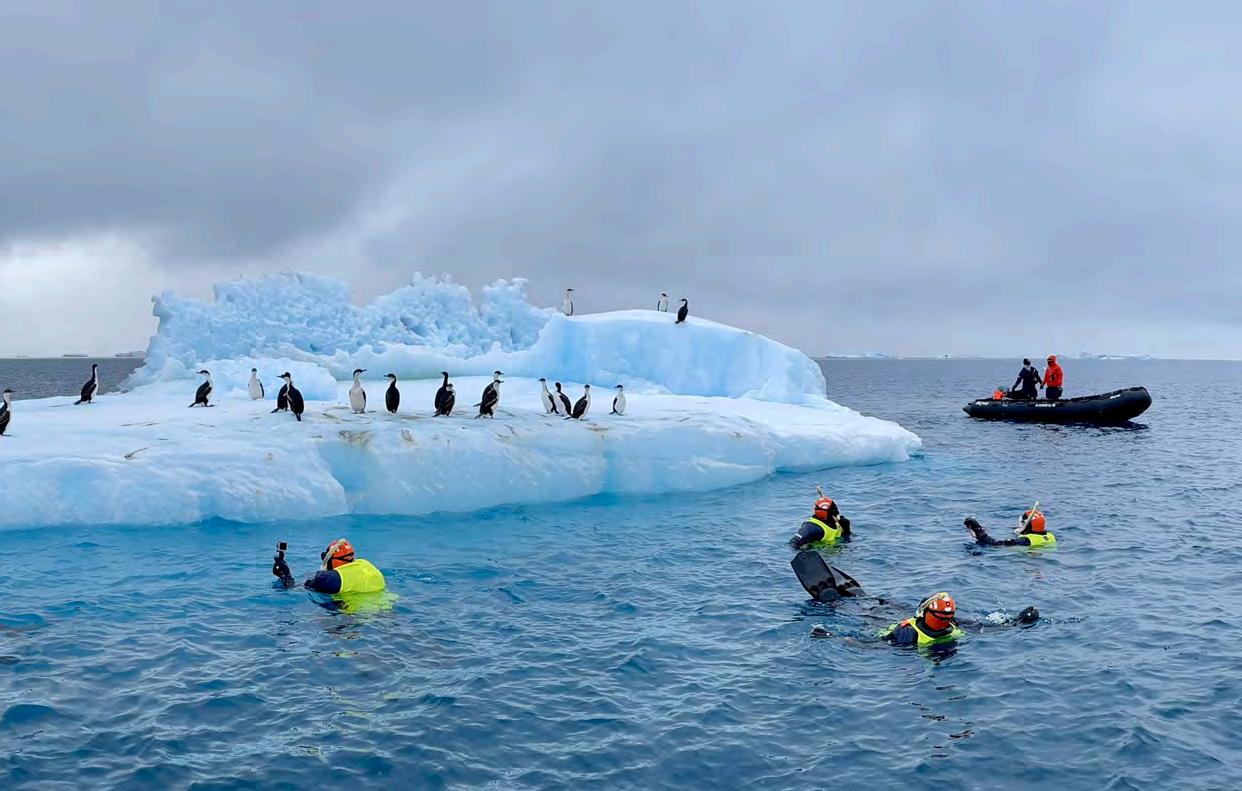

the most of every day. (The fact I adopted a plant-based diet 18 months earlier would help ease the guilt of travel too.)
Aurora Expeditions, a company that’s been operating for more than 32 years, checks all the boxes. Certified carbon neutral (it invests in biodiversity in Australia and a wind farm in Taiwan), Aurora operates two ships with streamlined designs and an innovative bow—the Ulstein X-BOW®—that allows ships to slice through waves rather than riding up and over them. (The X-BOW also means a smoother sailing.)

I chose a 10-day cruise aboard Aurora’s newest ship, the Sylvia Earle, named for the renowned oceanographer and described as “a floating ambassador for the conservation of the planet.” It’s got a fully equipped Citizen Science Lab where guests can help scientists analyze data or contribute their own. For instance, guests are encouraged to photograph and identify marine mammals for happywhale.com, an organization that helps contribute to our collective understanding of the world’s oceans.
The Sylvia Earle also has an enormous “garage” filled with equipment so it can offer activities including snorkeling, kayaking and ski touring.
I thought “sustainable” and “climate conscious” might mean a boat with just the basics, so boarding the Sylvia Earle was both a relief and a revelation.
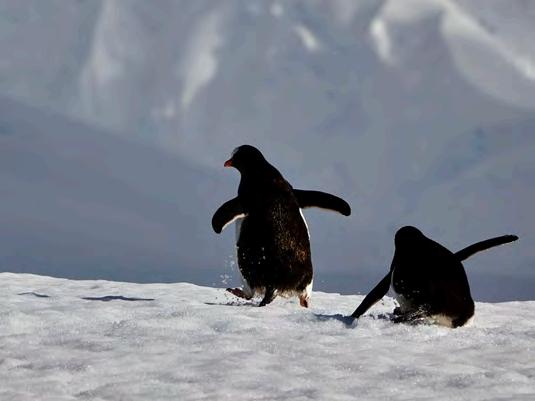
My “standard” cabin had a king-size bed as well as a small sitting area and balcony. Public spaces on the vessel included a wellstocked library, several bars and lounges, a couple of restaurants, two outdoor Jacuzzis, a gym and a sauna with a picture window.
Soon after boarding, the 12 of us who signed up for the snorkeling program were called to a briefing. We’d snorkel twice a day with three guides watching us from two Zodiacs.
There is a new cost effective and environmentally responsible way to pre-plan funeral arrangements as a couple or family. Double depth burial plots allow for family members to be buried in a single deep plot, rather than individual plots, side by side. Further, our new double depth burial area is in one of the nicest areas of the park in a serene setting. Find out more today.

We’d be the first group to leave the ship each morning and afternoon. And we’d have time each day to explore on land as well as underwater.
In other words, daily surf and turf!

An added benefit of snorkeling, I soon realized, was that I immediately had a group of like-minded people to hang out with, most of us age 60 or older.
Snorkeling in Antarctica doesn’t feel quite as crazy as it sounds. We wear dry suits and underneath mine, I wore three or four layers of lightweight wool. The water temperature is about the same as the air—between 1 and 4 degrees Celsius, but without the wind chill. When I lowered myself over the side of the Zodiac into the Southern Ocean for the first time, it felt like someone was sticking pins and needles into my face, which was the only exposed part of my body.
But I became so enthralled by the colour and clarity around me that I soon forgot about the pain. The water in the Weddell Sea off the Antarctic Peninsula is intensely blue and crystal clear. It’s thought to be the clearest and cleanest water on the planet.
Two fur seals soon joined in our fun, swimming elegant circles around us, their lithe bodies torquing and twisting with ease. They must look at us in our puffy dry suits and wonder, “What are these strange, awkward-looking creatures?”

In the days ahead, we’d also be captivated by Adelie penguins that “fly” past us at breakneck speed in tight formation. Each time, it felt like they were staging an underwater aerial display just for us.
Small creatures surprised and delighted us too. Tiny translucent sea angels and sea butterflies are pteropods—swimming snails and slugs that appear to have wings.






“Once you start noticing these little creatures you’re going to be like, ‘Oh my God...this is incredible,’” said Ana, one of our guides.
“It opens the door to another world,” agreed Edie, her colleague.


One day, I spotted a long, gelatinous tube about the length of my forearm with orange dots along its body. It was a salp, also known as a sea squirt because of the way it propels itself by drawing water in, then squirting it out. Each of the orange dots was a stomach, Edie told me in the lounge that evening over drinks.
“And the neat thing is, they take in carbon dioxide and poop it out and it sinks to the ocean floor.”
Later, I learned that salps and their sinking fecal pellets “play an outsize role in damping global warming,” according to a February 2023 study reported in the research news site ScienceDaily.

Compared with suiting up and plunging into water that’s barely above freezing, our daily walks on land seemed tame. But Antarctica was all that I imagined and hoped for: wind-sculpted icebergs, mountains encased in glaciers, historic huts of early explorers, the rusting storage tanks of a long-abandoned whaling station, and most of all, colonies of braying, honking, squawking penguins, so numerous that on one island there was no room for us to land.
It’s true that travel is the best teacher. And after visiting Antarctica, I’m more passionate than ever about doing my bit to combat climate change.
For more about Aurora Expeditions, see aurora-expeditions. com

For Kendall Gross, being president of Island Savings has fulfilled two longstanding dreams: being able to once again call Victoria home and providing the opportunity to help those around him be the best they can be.

Originally born in Regina, Saskatchewan, Kendall first came out to the coast after high school to attend the University of British Columbia, earning a bachelor’s degree in sports administration, while working part-time as a bank teller. Degree in hand, Kendall was offered a full-time position with the bank and moved to Vancouver Island for what he thought would be a short stint before returning to school.
“I had an opportunity to do a master’s degree at the University of Ottawa, but I decided I was going to work for a couple of years before doing that,” he explains. “And I never left. It turned out to be a great career for me.”
He and his wife, Suzanne, married in Victoria before Kendall’s career took them and their expanding family all over BC.
Coaching remained a driving passion for Kendall though, and once his eldest son was about five years old, he stepped back into the world of sports in a big way.
“I started coaching as a parent, and grew to really love it, and I stuck with it in the football realm,” he says, noting he coached football for about 15 years.
And then around 10 years ago he left the bank he’d been with and took a position with First West Credit Union—parent company to Island Savings—setting him on a path that led to his current role. But through his progression through the financial industry, Kendall always kept that coaching mentality top of mind.
“It all revolves around coaching for me. I really get excited to help people be successful and find their purpose in life, and in my role I get to do that,” he says. “It’s who I am, and I really love that.”
“We always wanted to get back [to Victoria],” he adds. “We knew this was the place we wanted to be.”
With their three children away at university, Kendall and his wife now have the chance to explore Vancouver Island and immerse themselves in coastal living.
“My wife and I love to get out and ride our bikes and go hiking, and we love the ocean,” he says. “It’s our opportunity to explore some of the places we missed when we were here before.”
ENVY:
Whose shoes would you like to walk in?
Nick Saban. I think he is an extraordinary individual whose successes as a football coach and leader are unparalleled. I admire his relentless pursuit of excellence, attention to detail and ability to build winning teams. To step into his shoes would be an incredible opportunity to not only experience the thrill of victory on a football field, but, more importantly, to inspire and empower others to reach their full potential both on and off the field.
GLUTTONY:
What is the food you could eat over and over again?
Anything breakfast. But if I had to pick one thing, I would say oatmeal. I eat it every day with yogurt, berries and nuts as toppings. And I have been known to eat it more than once a day.
GREED:
You’re given $1 million that you have to spend selfishly. What would you spend it on?
Travelling and exploring the world.
WRATH:
Pet peeves?
Being late or when people I am meeting are late. Growing up, my mom always made sure we were on time, so punctuality is really important to me. This is now a source of amusement for my family, who find it endearing how I’m consistently ahead of schedule, waiting in the car 15 minutes before we leave. Being early gives me a sense of peace and ensures that I can enjoy the moment without the stress of rushing.
SLOTH:
Where would you spend a long time doing nothing? Reading a book on a beach in Hawaii.
PRIDE:
What is the one thing you’re secretly proud of?
In my career, as well as on the field as a coach, I find a secret pride in the ways that I believe I have contributed to helping others discover their success and purpose. I have been fortunate to be in positions where I have been able to help people achieve their professional goals and also guide young athletes toward their full potential. Knowing that I have played a small part in empowering others to reach new heights brings me a quiet satisfaction.
LUST:
What makes your heart beat faster?
Spending time with my wife, Suzanne. We are in an empty-nester phase now, going on new adventures and spending quality time together. Embracing this chapter of our journey as a couple brings a renewed sense of discovery and companionship that makes my heart beat a little faster.
“It all revolves around coaching for me. I really get excited to help people be successful and find their purpose in life, and in my role I get to do that.”

mbrella gnomes,” Cassandra and I replied in unison that sunny Sunday afternoon when Marram told us of her latest umbrella disappearance.
We sat on the beach around the sandcastle we had built and which we were now decorating with pebbles and bits of sea glass, shells, kelp and small pieces of driftwood, perfectly smoothed by water. All was calm in the bay and what we could see of the Strait of Georgia beyond it.
Spring was just around the corner, making us itch to climb onto our stand-up paddleboards—me especially, as I had recently moved to Victoria from Ottawa. I couldn’t wait to get back out on the water, paddling through bull kelp and around the sailboats that dotted the bay, spotting the occasional seal. Last summer Marram had taught me about all things SUP.
Since my arrival, Marram and Cassandra, who were both from Esquimalt, had also often enlightened me about the mysteries of Vancouver Island and its unique inhabitants, some not quite as reality-based as others. Now I delight in imagining the umbrella gnomes’ unwitnessed capers and their undoubtedly prodigious umbrella stashes. In hollowed-out tree trunks, perhaps? In the attics of Victoria’s castles?
They had made off with five of our umbrellas since Halloween, when I lent Cassandra my Emily Carr umbrella, following a rainy, haunted tour of Ross Bay Cemetery we had attended together, boyfriends in tow, and it had subsequently vanished.
Since then, I had learned to blame the umbrella gnomes for these frustrating disappearances. Cassandra joked that there were even various branches of umbrella gnomes operating in different areas of Vancouver Island. In Victoria alone—a particularly afflicted area, according to Cassandra—there are public library umbrella gnomes, public transit umbrella gnomes, theatre gnomes (by far the worst) and beach gnomes—the ones we tend to forgive quickest.
“I had it when I sat down in the theatre. I’m positive,” said Marram, placing a smoothed, frosted piece of aquamarine sea glass shaped like a keystone at the top of the castle’s main gate.
“You went to a movie without me?” I exclaimed.
“Drop it,” Cassandra said in a stage whisper. “Think of the umbrella!”
“Sod the umbrella! There’s nothing to be done now that those plundering gnomes have got it!” I replied impatiently.
Marram stopped adorning the sandcastle to look at a seal, which was watching us from the bay, its head just visible above the waves.
“It was my Suffragette umbrella,” sighed Marram.
This fact elicited my sympathy and moderated my annoyance at having missed a movie outing with her.
“Pity. That one was lovely.”
I could empathize to a point, since the theatre gnomes had also purloined one of my umbrellas (UVic’s movie theatre was the crime scene of my cobalt blue umbrella’s theft).
A regatta was underway in the strait. We took a break from decorating to eat the scones and muffins we had purchased at a café located a stone’s throw from the beach. We followed the little white triangles representing sailboats as they darted across our field of vision. At the end of our picnic, we stuffed the little brown paper bags into our pockets and calculated the number of days until our next SUP adventure.
Suddenly, a large piece of driftwood landed next to Cassandra with a thud.
Before we could ascertain where the driftwood had come from, a big wet dog crashed through our carefully built sandcastle, destroy-
ing it, and grabbed the stick in its mouth. It circled us and returned to its owner, a man further down the beach.
“Noooo! Our beautiful castle!” cried Cassandra.
The young man ran up to us and apologized. Although Cassandra and I were unimpressed, Marram, in her usual easygoing, philosophical manner, found the words to let him off the hook.
When he and his dog had run off together, we looked down sadly at the wreckage.
“Let’s walk down the beach,” I suggested, not wanting to linger next to the undoing of our afternoon’s fun.
We collected our things and walked to the shore. At the water’s edge we turned right and headed toward the southern end of the bay and its marina. Occasionally, we would bend down to pick up a piece of plastic before dropping it into the paper bag that had so recently carried our scrumptious treats from the café. I had adopted Marram and Cassandra’s practice of collecting and disposing of plastic on beaches to do my small part in making life safer for the island’s wildlife.
Marram again raised the subject of the latest umbrella pilfering. She had also been the second victim of the umbrella gnomes, in December during one of her Christmas market expeditions, which she made by taking the bus. After that they had targeted me twice in rapid succession: at the main branch library downtown (the dull black umbrella my partner had won at a golf tournament) and at UVic’s theatre.
Down the beach, the man repeatedly threw the stick for his dog.
“What we need is a plan, strategies,” I urged in my task-oriented way, “to prevent the gnomes from pinching any more of our umbrellas.”
“There’s not much we can do. It’s inevitable,” sighed Marram.
“I refuse to concede defeat!” I declared, prompting Marram and Cassandra to exchange one of their meaningful glances that plainly said I was new to the island and just didn’t get it yet.
“What do you suggest?” Cassandra asked.
“We’ve tried everything,” said Marram. “They’re just wilier.”
At that very moment, we heard someone shouting and turned away from the water to locate the commotion. An older woman, standing at the edge of her property overlooking the beach, was telling the man with the dog to pick up his dog’s poop. She was pointing to the bushes, and he looked sheepish. Evidently, she had seen him toss his green plastic bag full of dog poop into her bushes instead of carrying it to one of the beach’s garbage cans.
“There’s a trash can right there!” fumed the woman, who was clearly incensed.
As he made his way to the garbage can with his sagging green baggy, my friends and I approached the woman to make sure she was all right. In talking with her, we learned Linda was a provincial court judge and tired of seeing people get away with blameworthy behaviour.
Up the beach, the man, who had disposed of his little green bag, strode toward the parking lot, his hands shoved deep in his pockets, his dog close by his side.
After our conversation with Linda, we ambled down the rest of the beach. On our way back we groaned when we saw the man and his dog running toward us. But when he caught up to us, he held out a gift card from the nearby café.
“I’m really sorry about your castle.”
We watched him make his way to Linda’s and give her a card, too. As Linda reached down to pet the dog, I grinned and asked my islander friends, “We’re never going to catch the umbrella gnomes in the act, are we?”
“You never know,” answered Marram. “This island is full of surprises.”
Boulevard magazine and Blanche Macdonald Centre joined forces for this edition with an on-site fashion photoshoot at the school’s Atelier campus. Led by Sarah D’Arcey, Boulevard’s fashion stylist and a fashion styling instructor at Blanche Madonald, the shoot was aided by the school’s fashion directors Tyler Udall and Sara Armstrong, and showcased the new designs of three exciting Vancouver designers: Rolla Summers, Daisy Cook and Amy Nunweiler. All three graduates recently debuted their collections at Vancouver Fashion Week.
Working with Boulevard photographer Lia Crowe, the stylists and directors built the fashion story around Renaissance paintings, set in the modern day.
Says Sarah: “I teach my students about the importance of being on time, what it is like to work on set with a team, and set etiquette. I wanted to give them a real-life experience so they could see what it is like to work as a stylist on a magazine job. I also strongly believe in supporting Canadian fashion, so highlighting Blanche Macdonald’s designers was an important part of this shoot.”
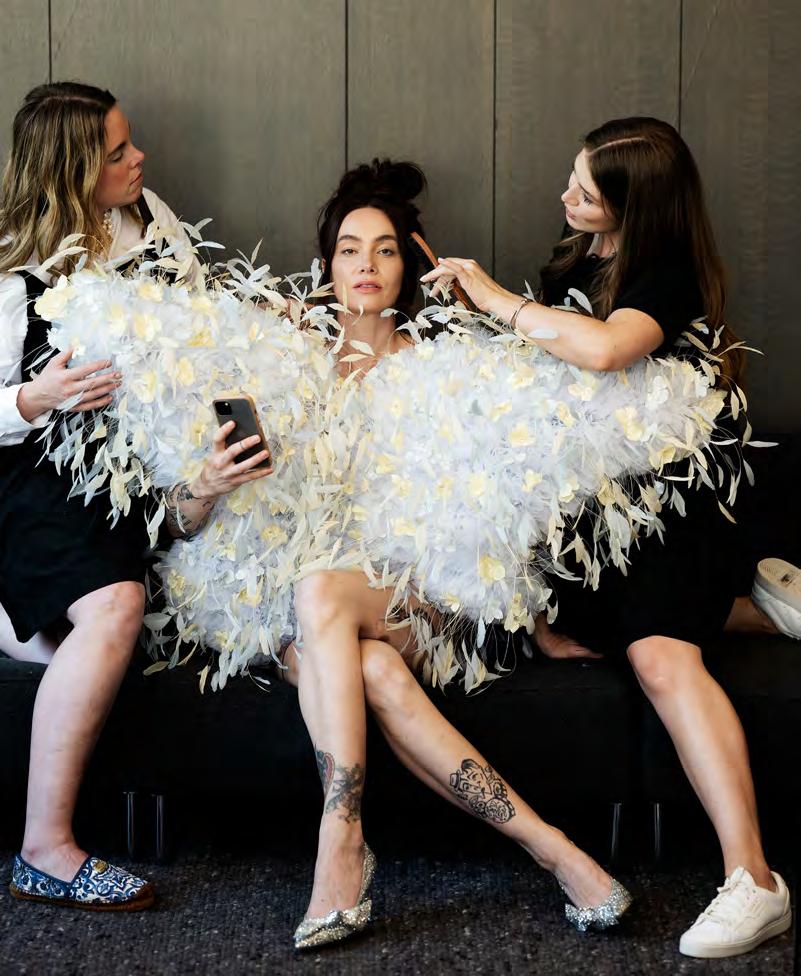
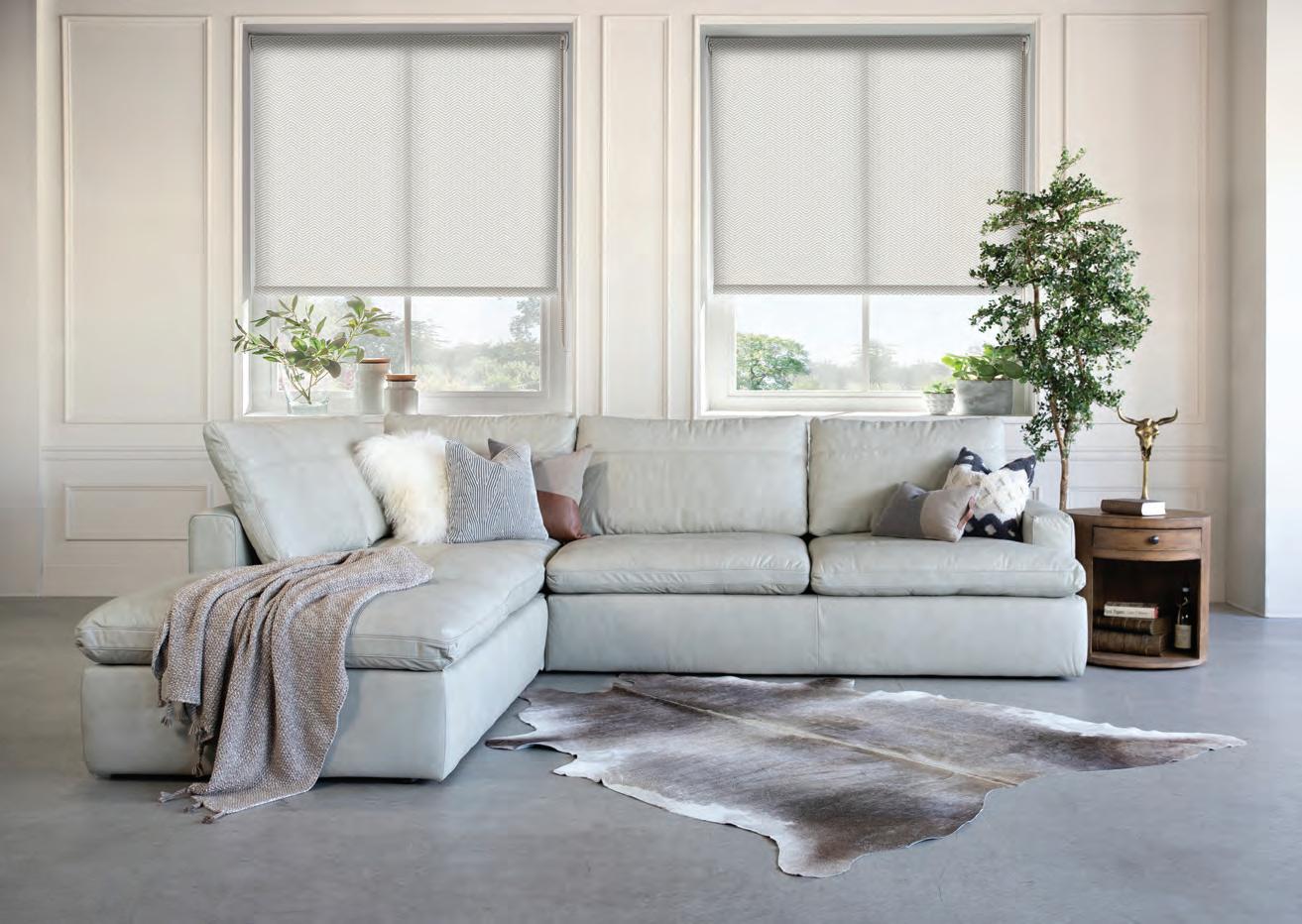



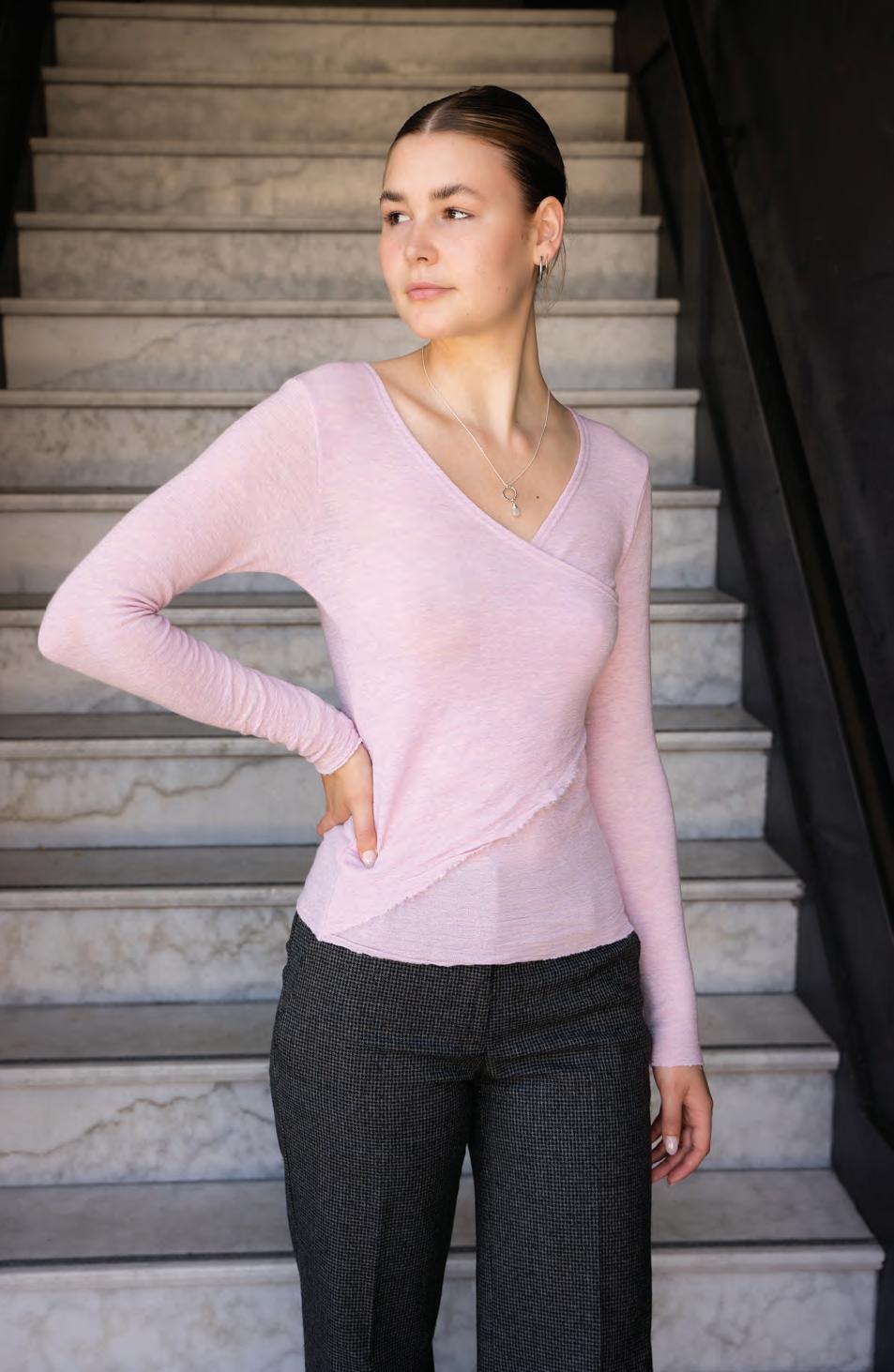


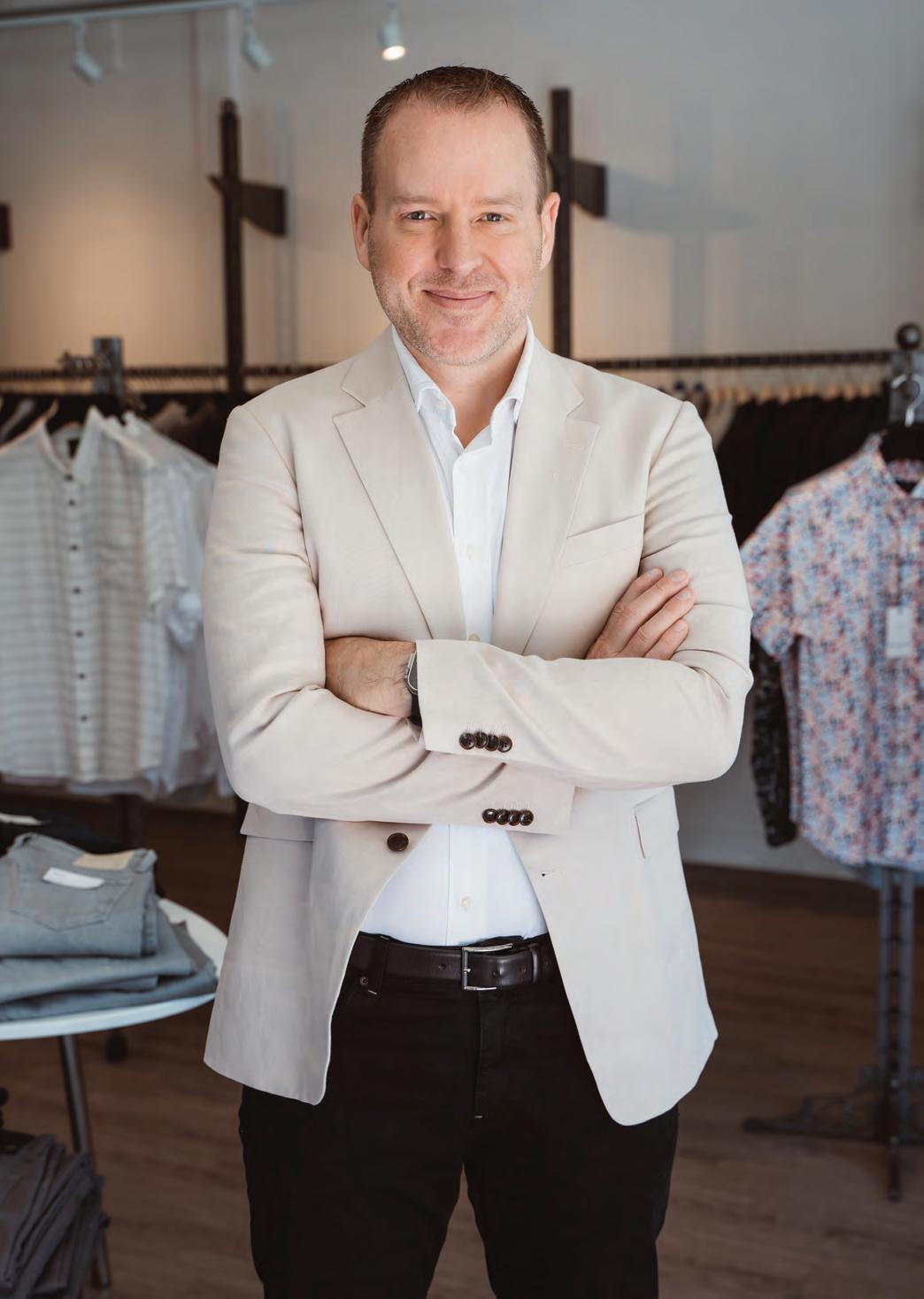 Photos by Brittany Carey Photography
Photos by Brittany Carey Photography
